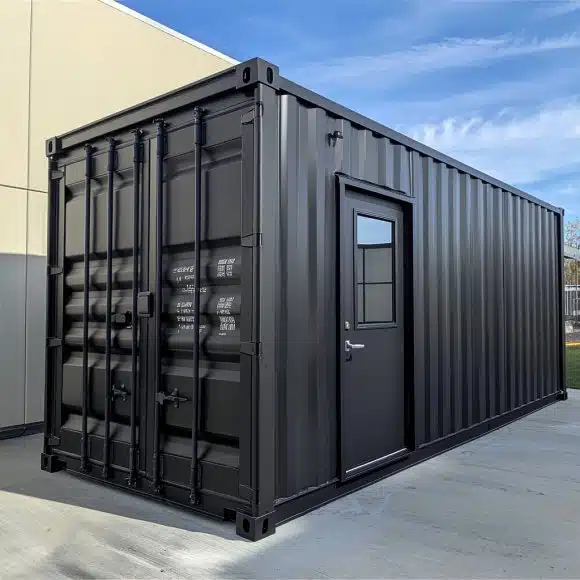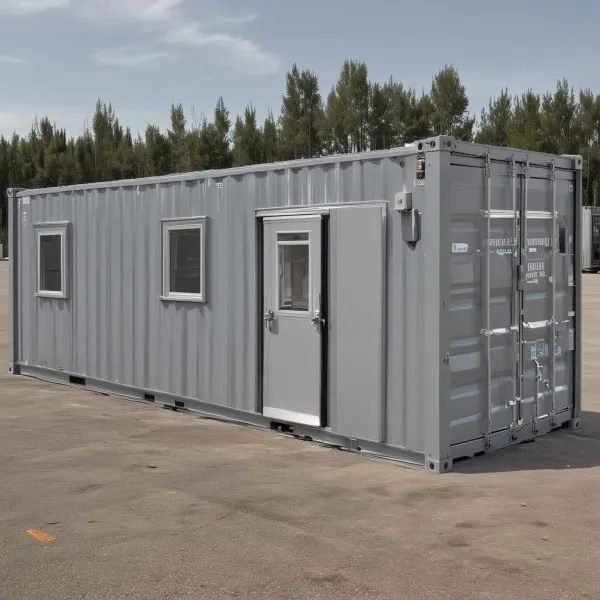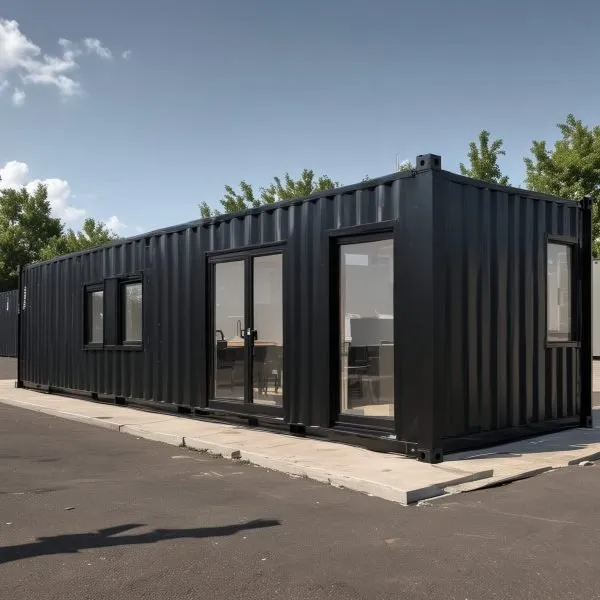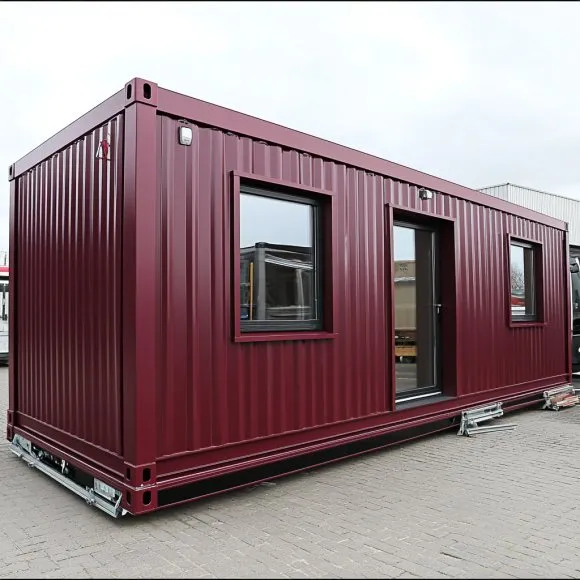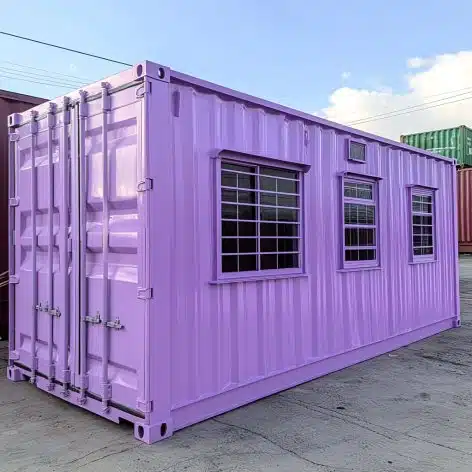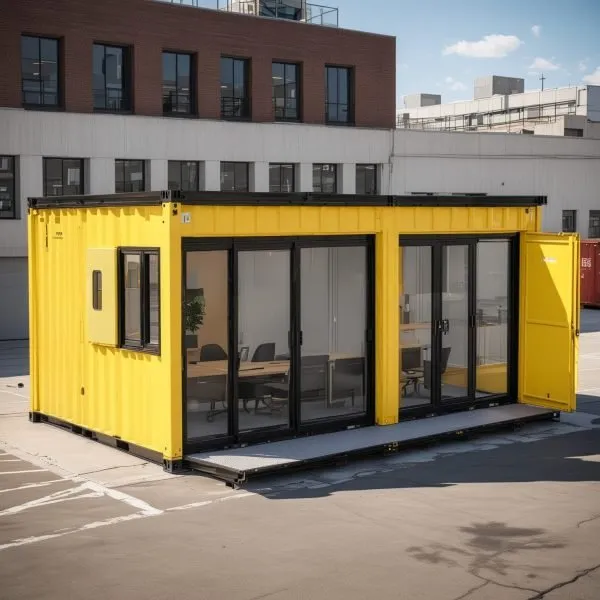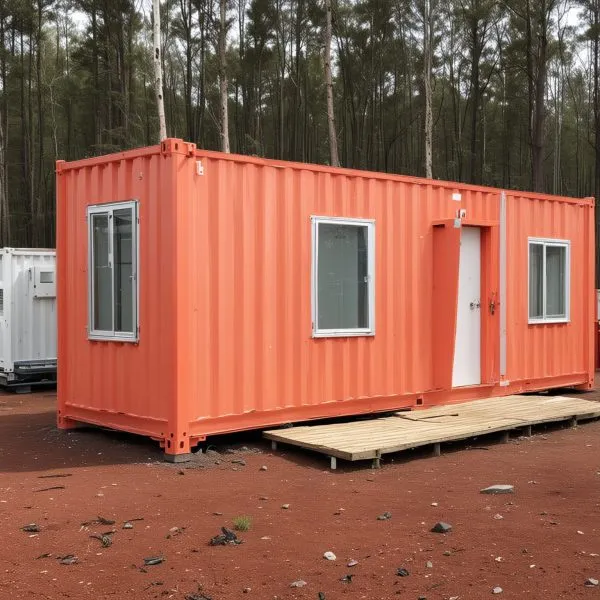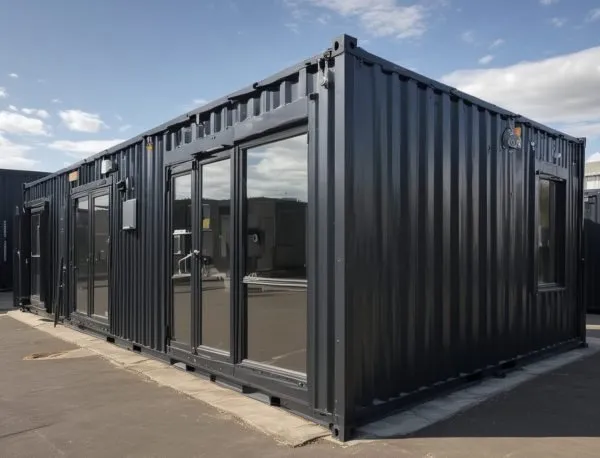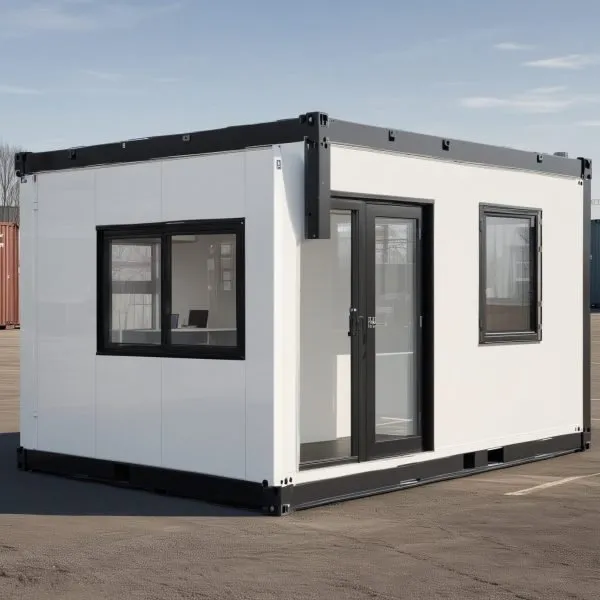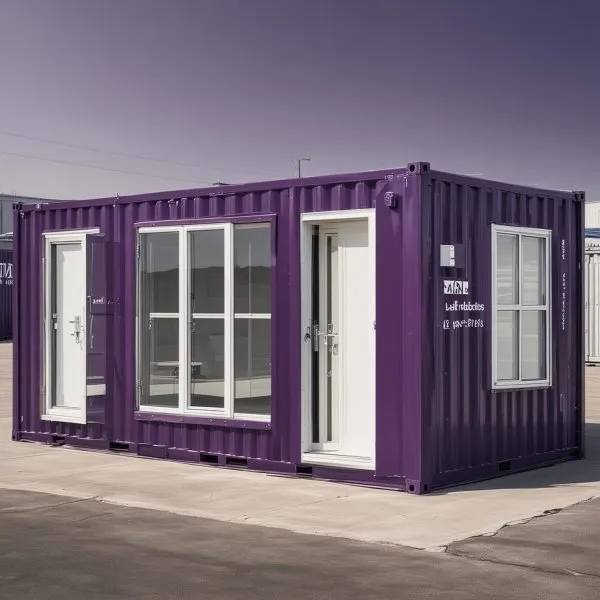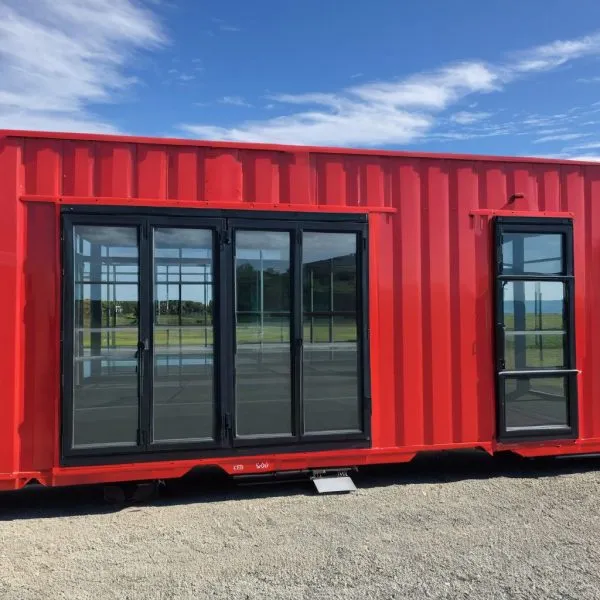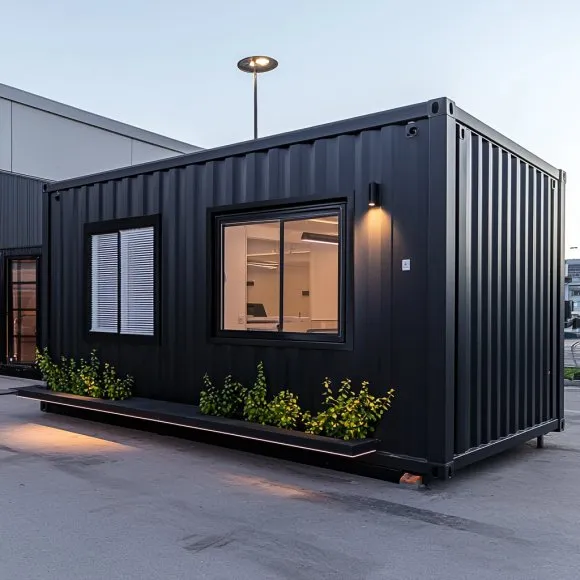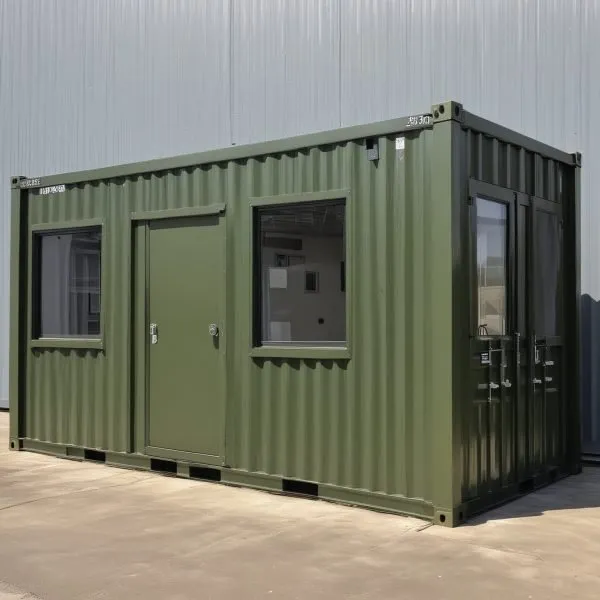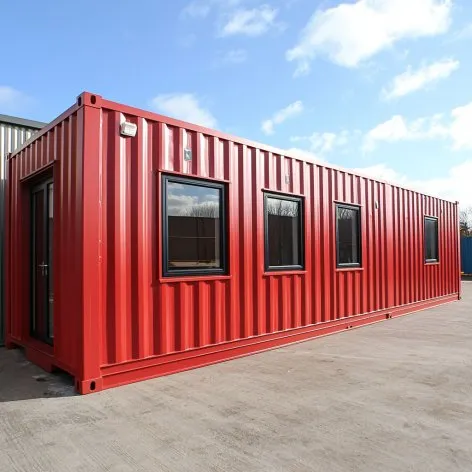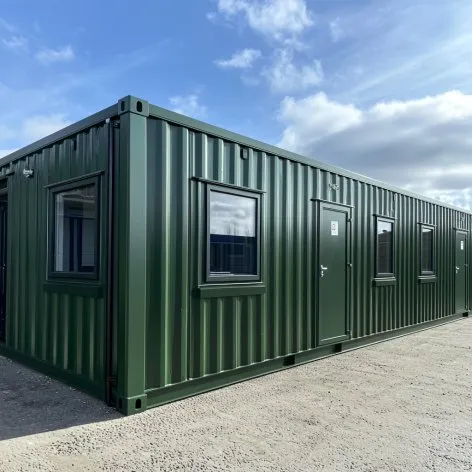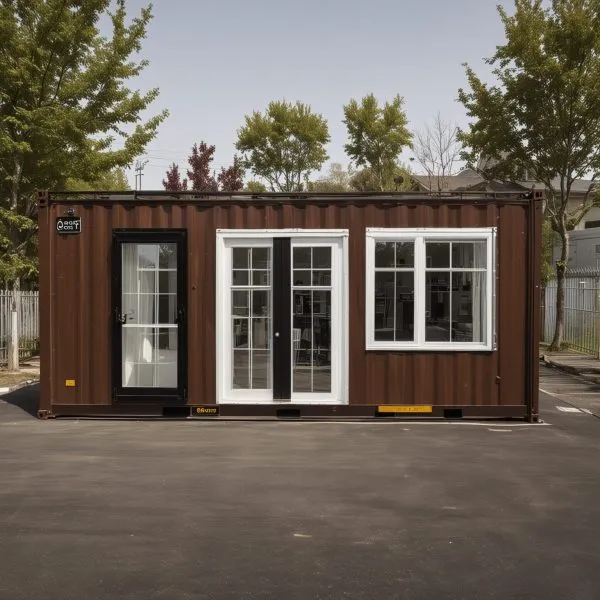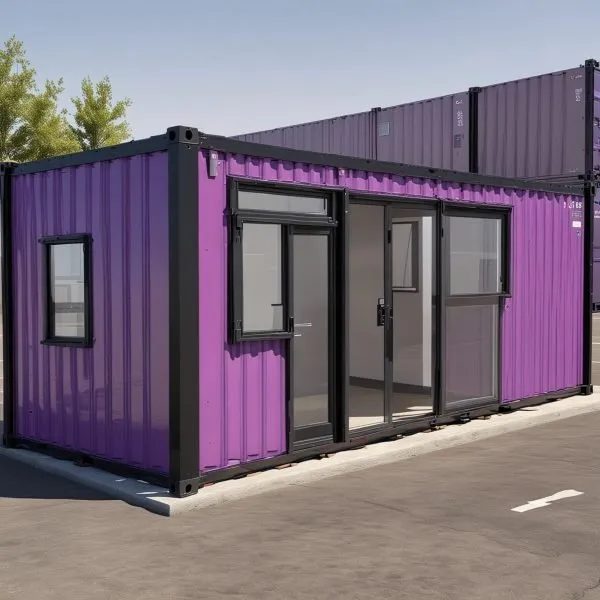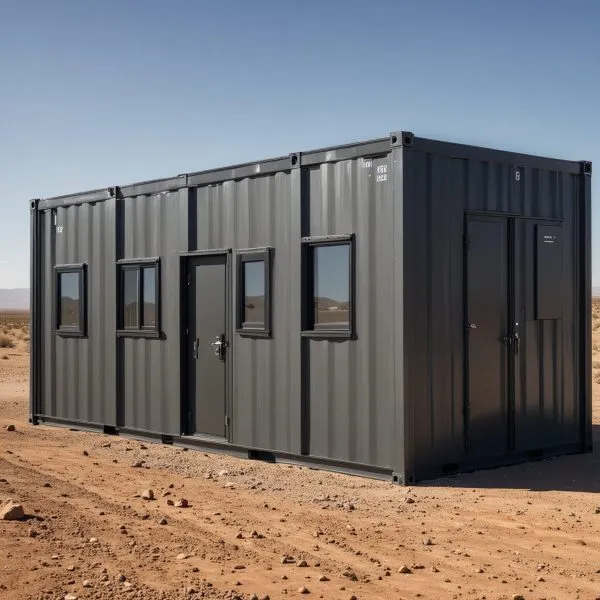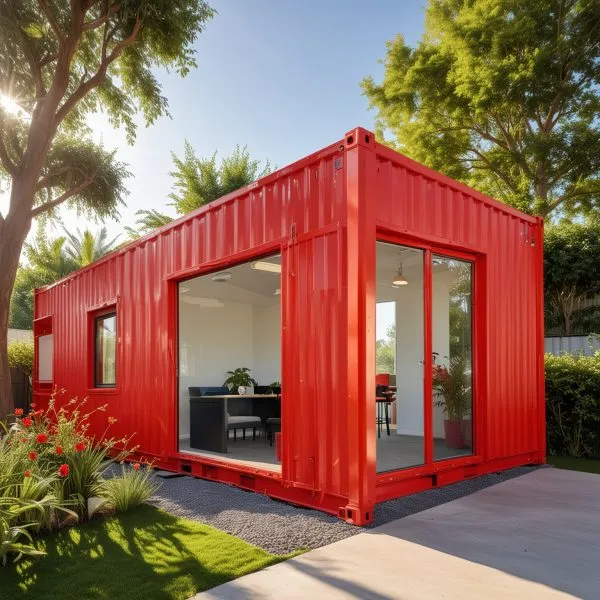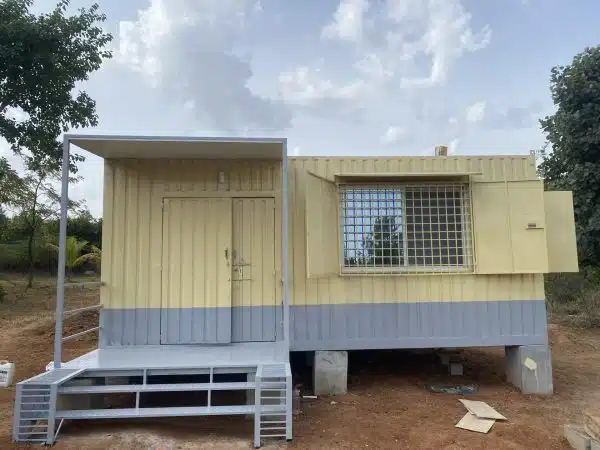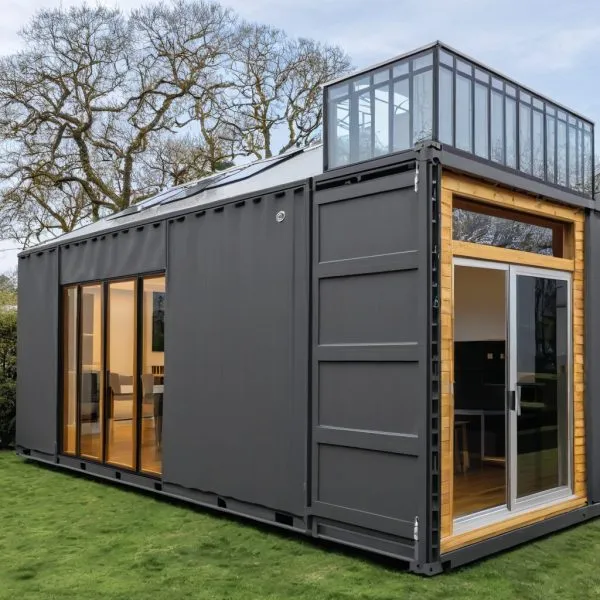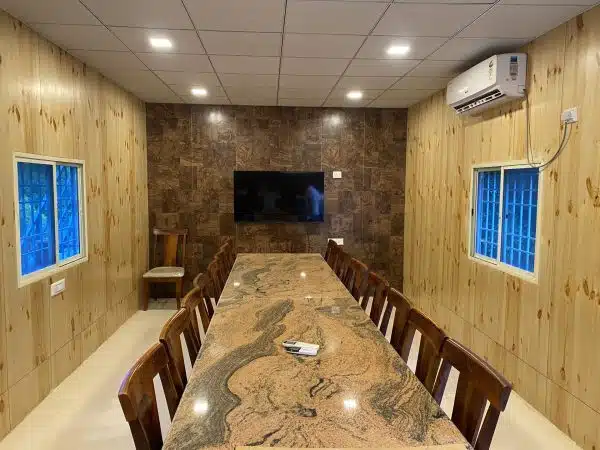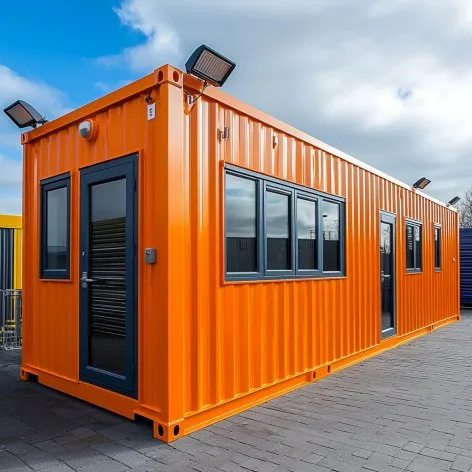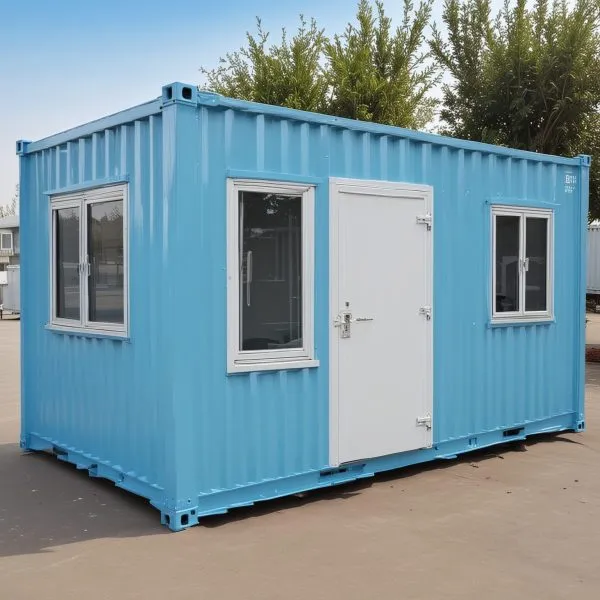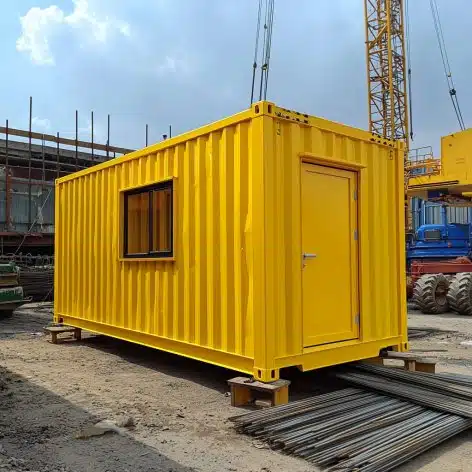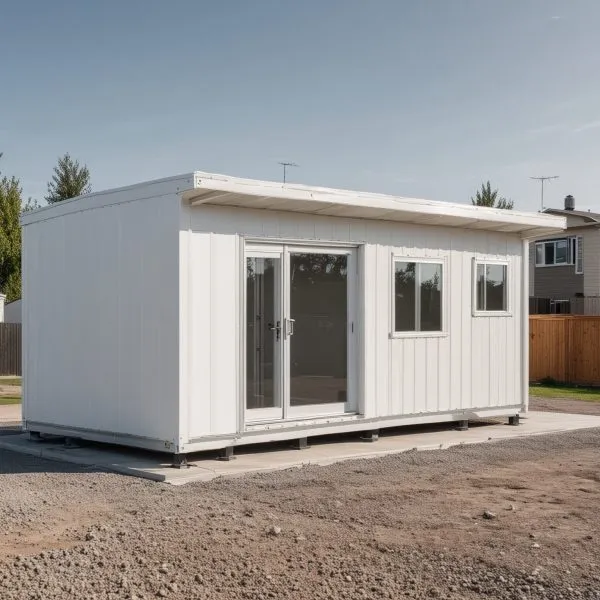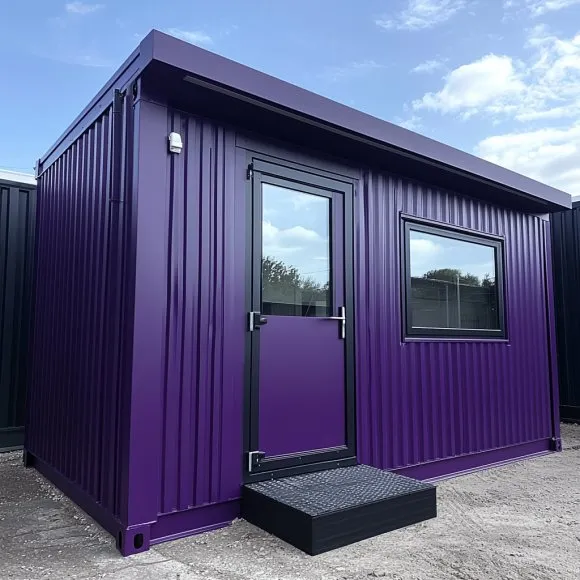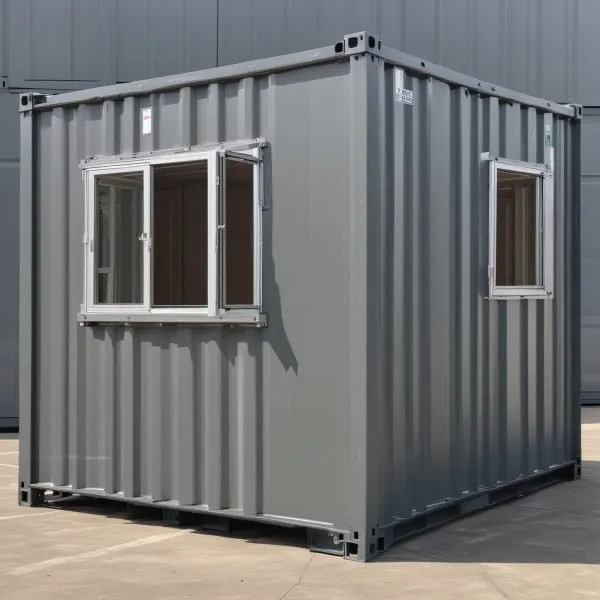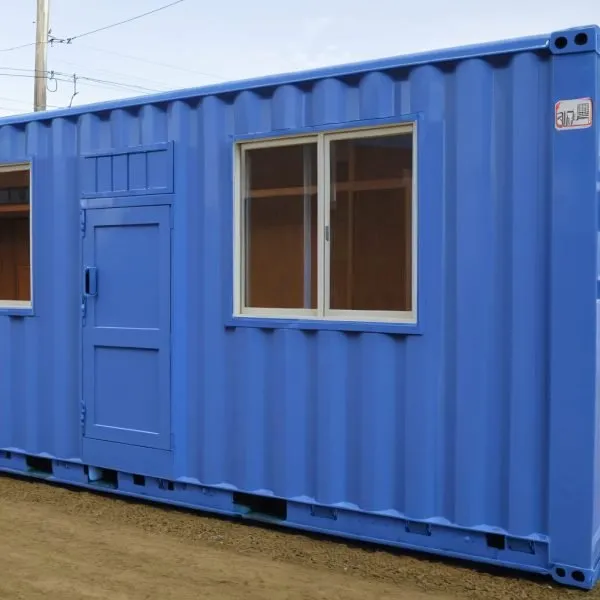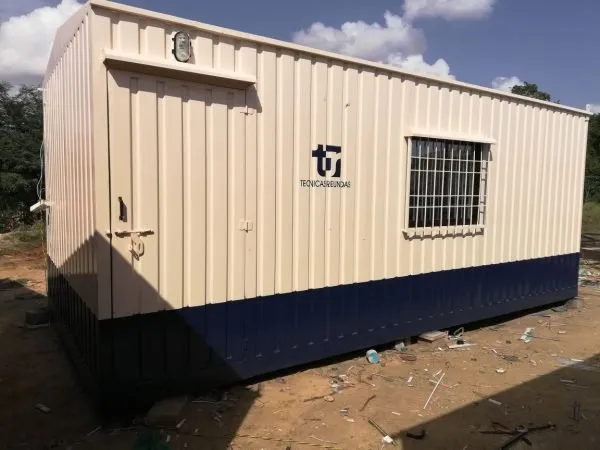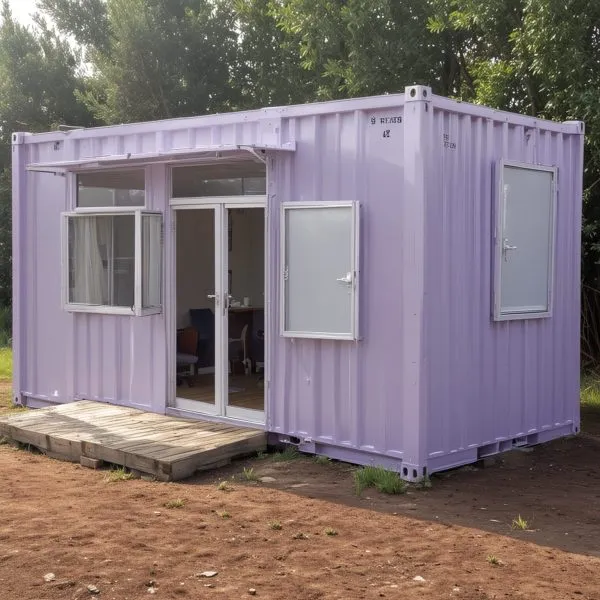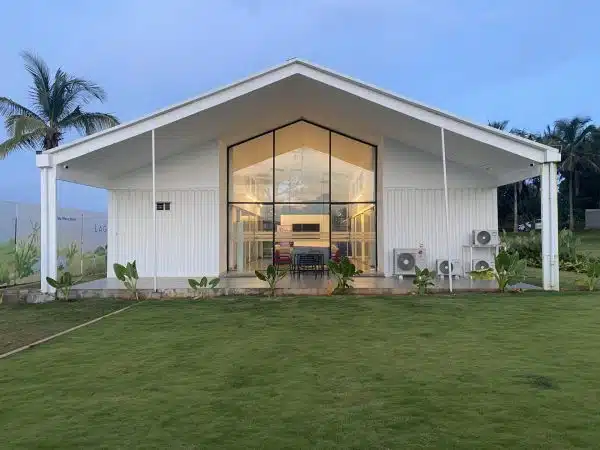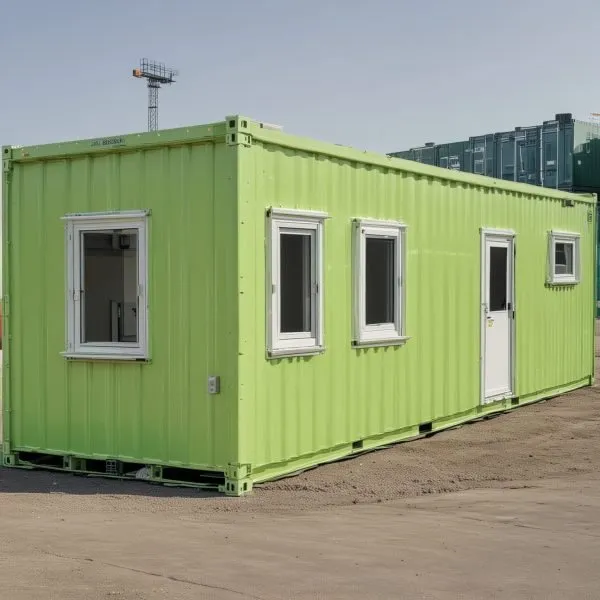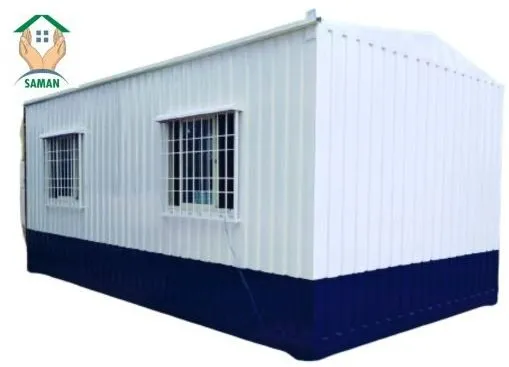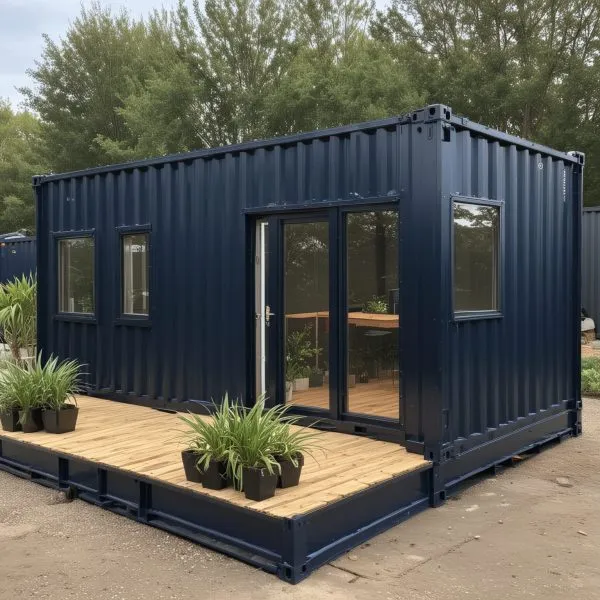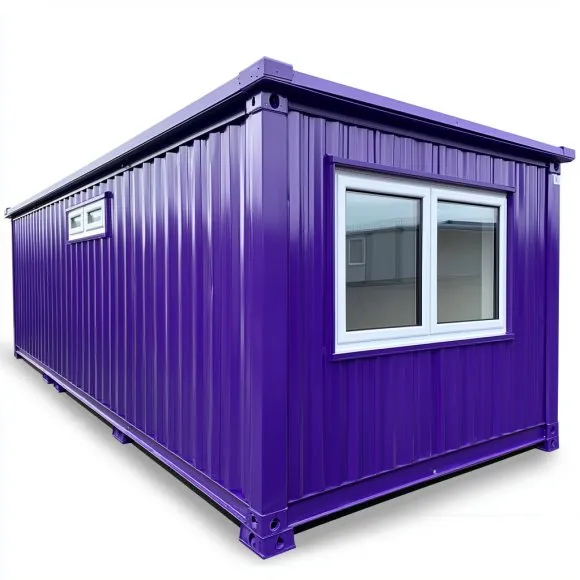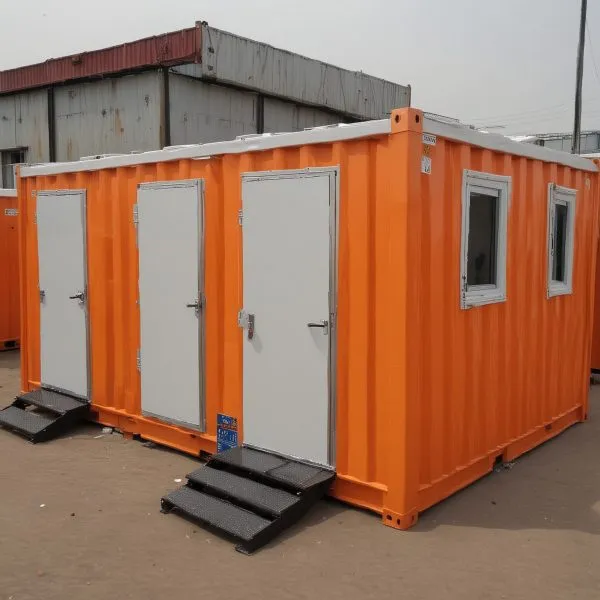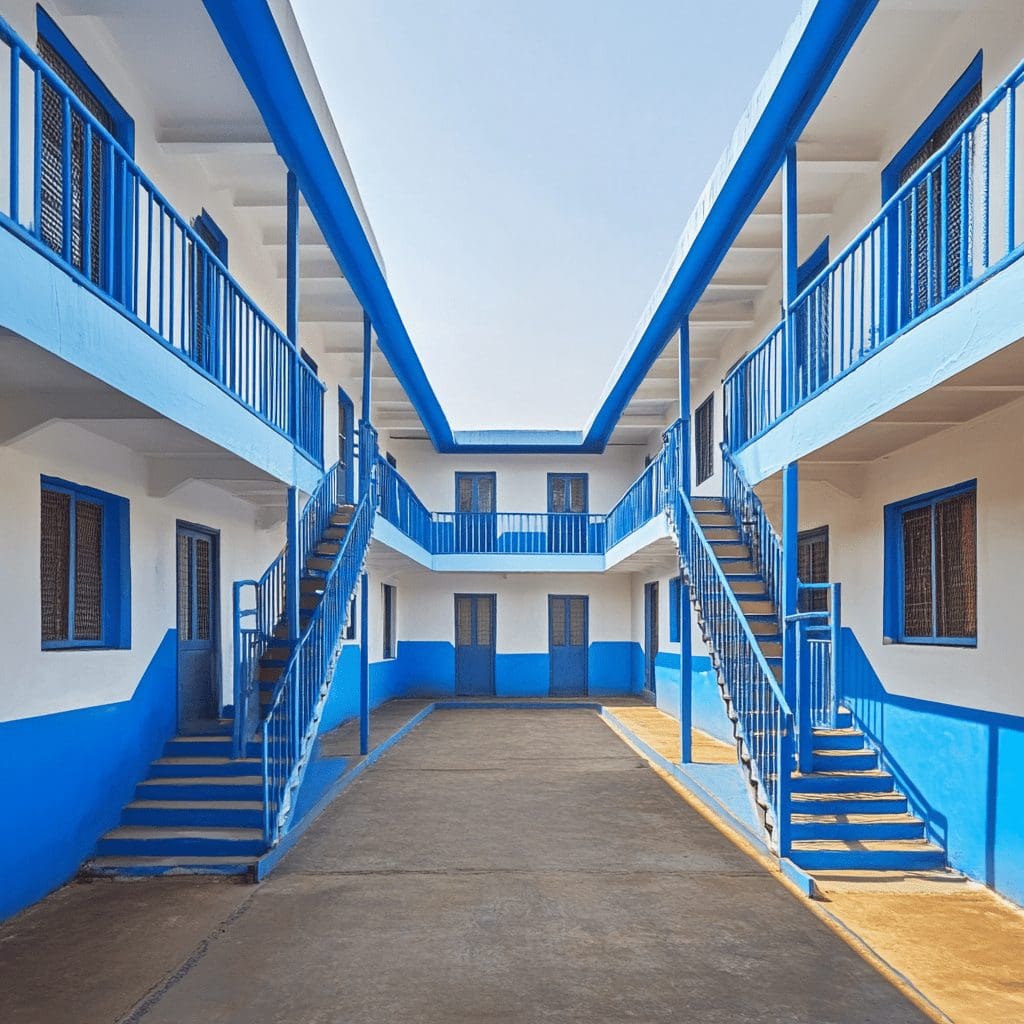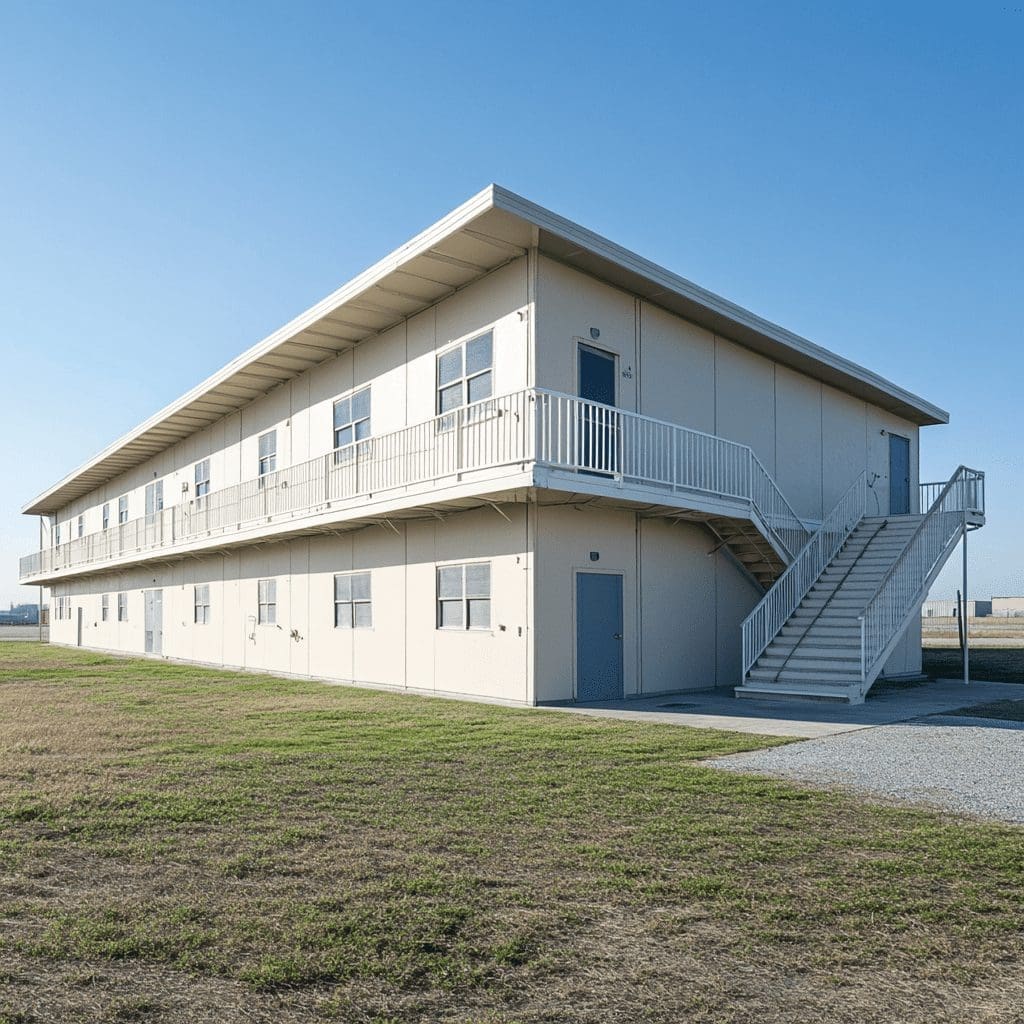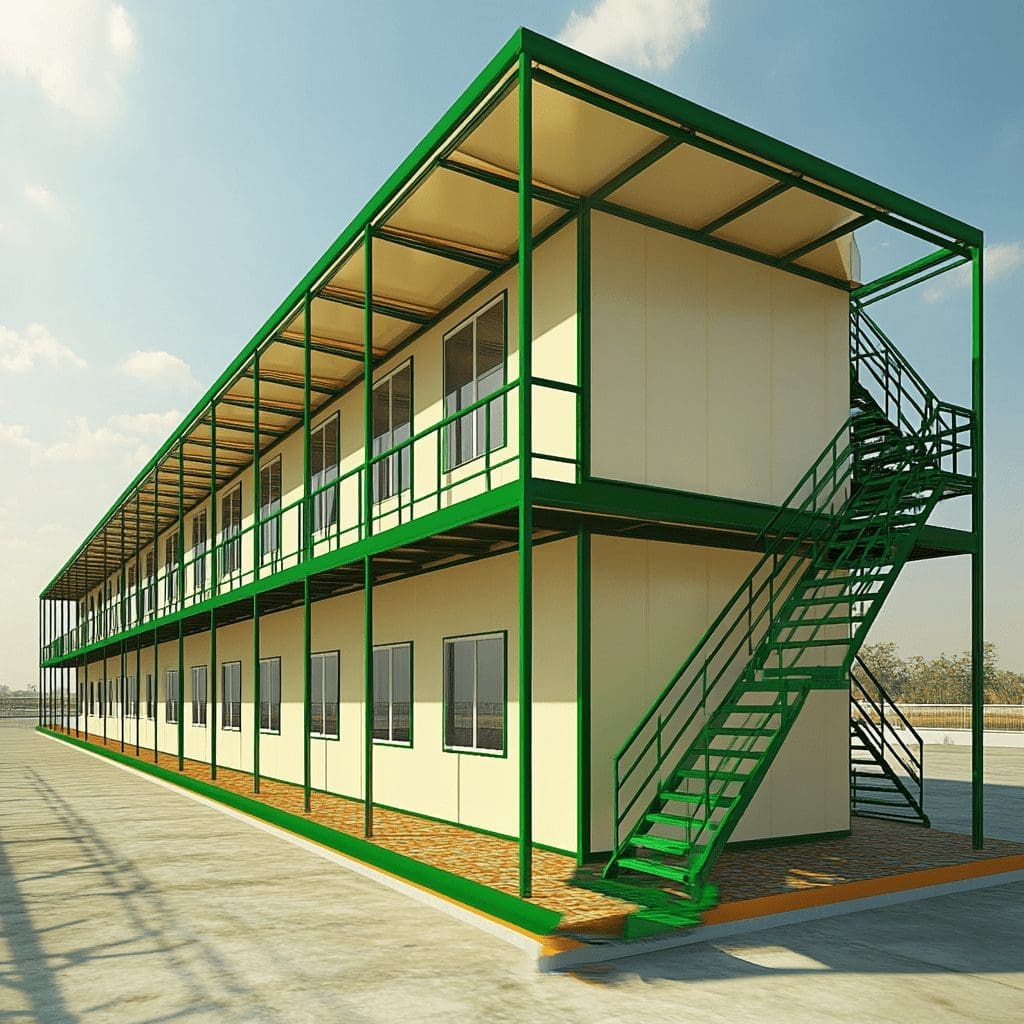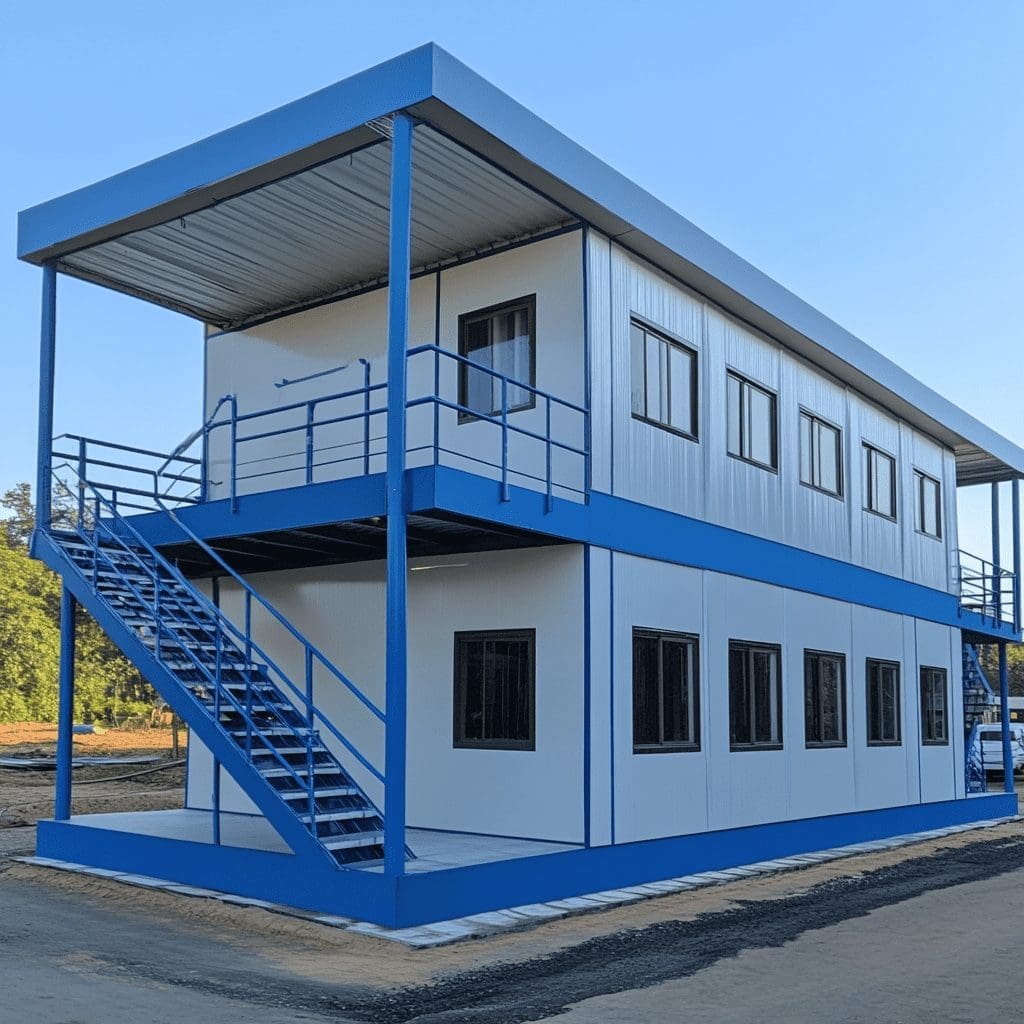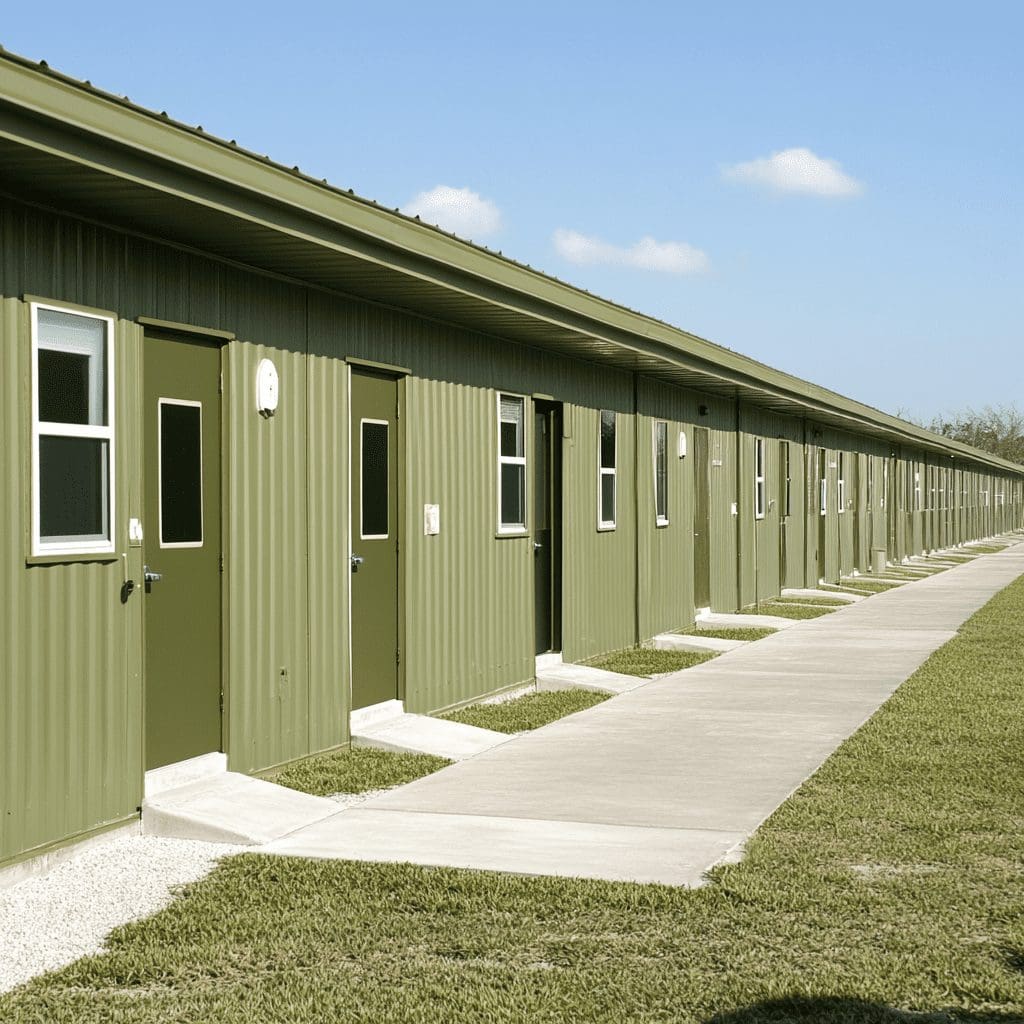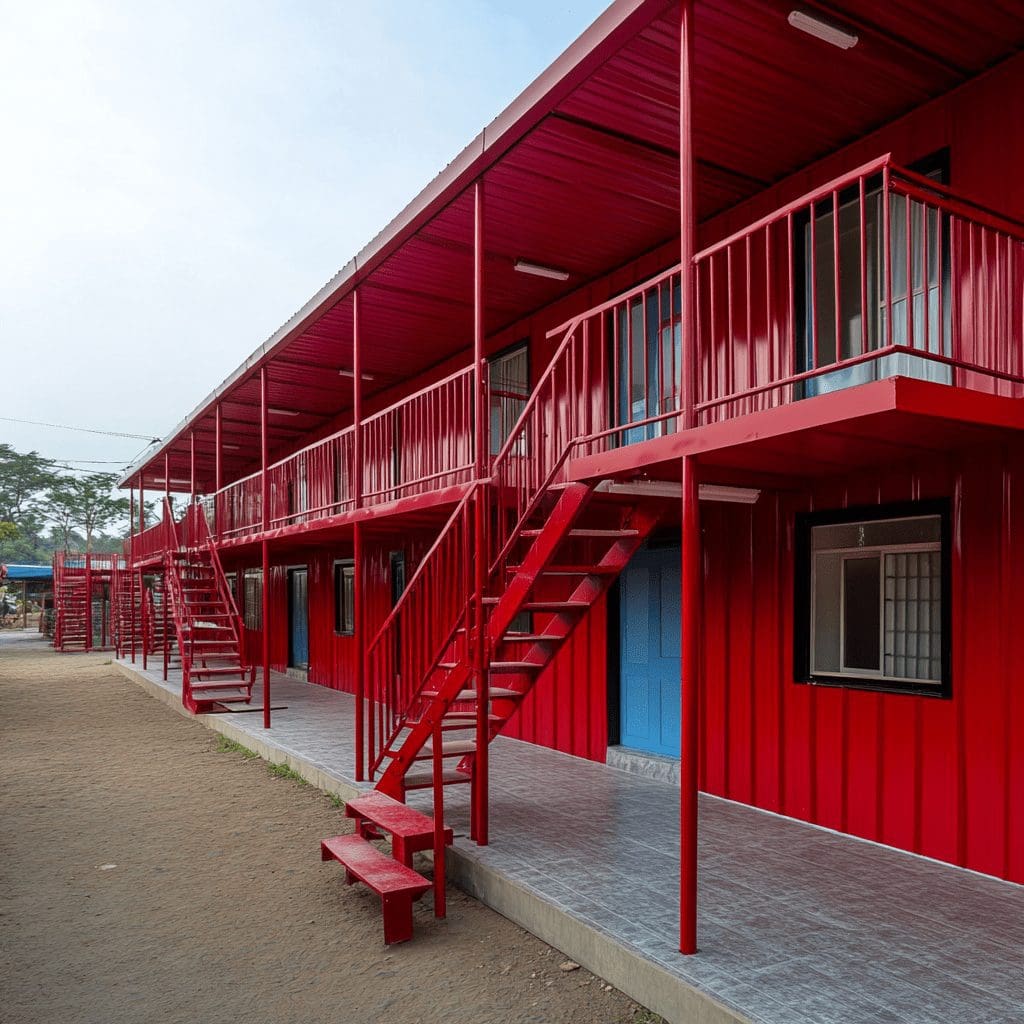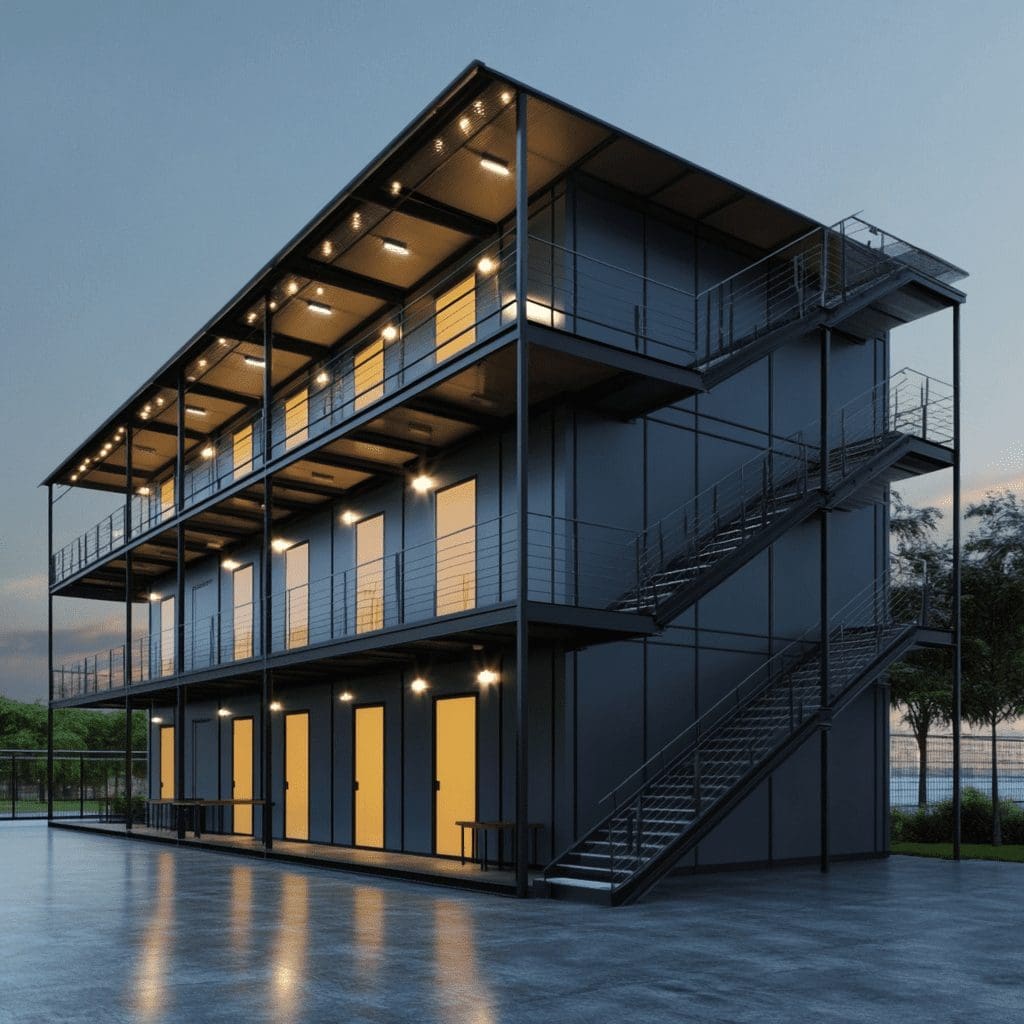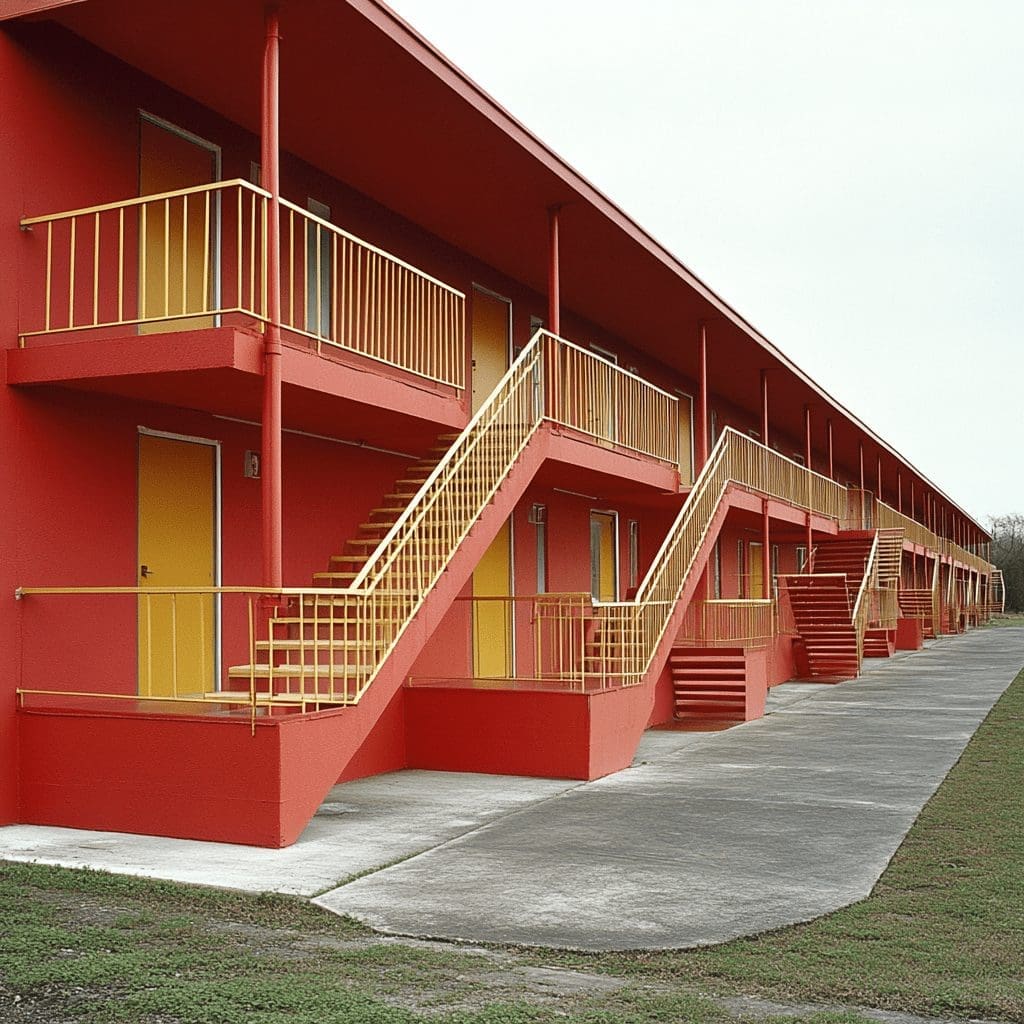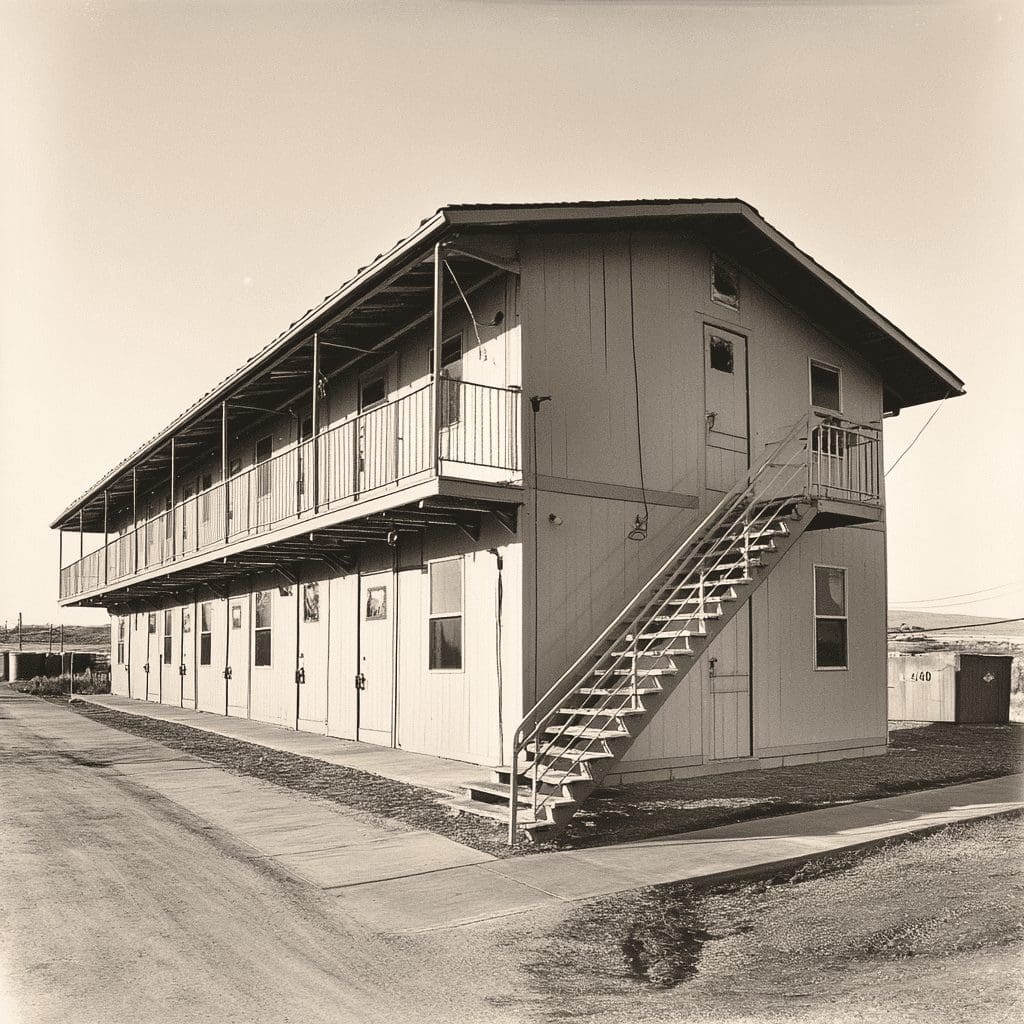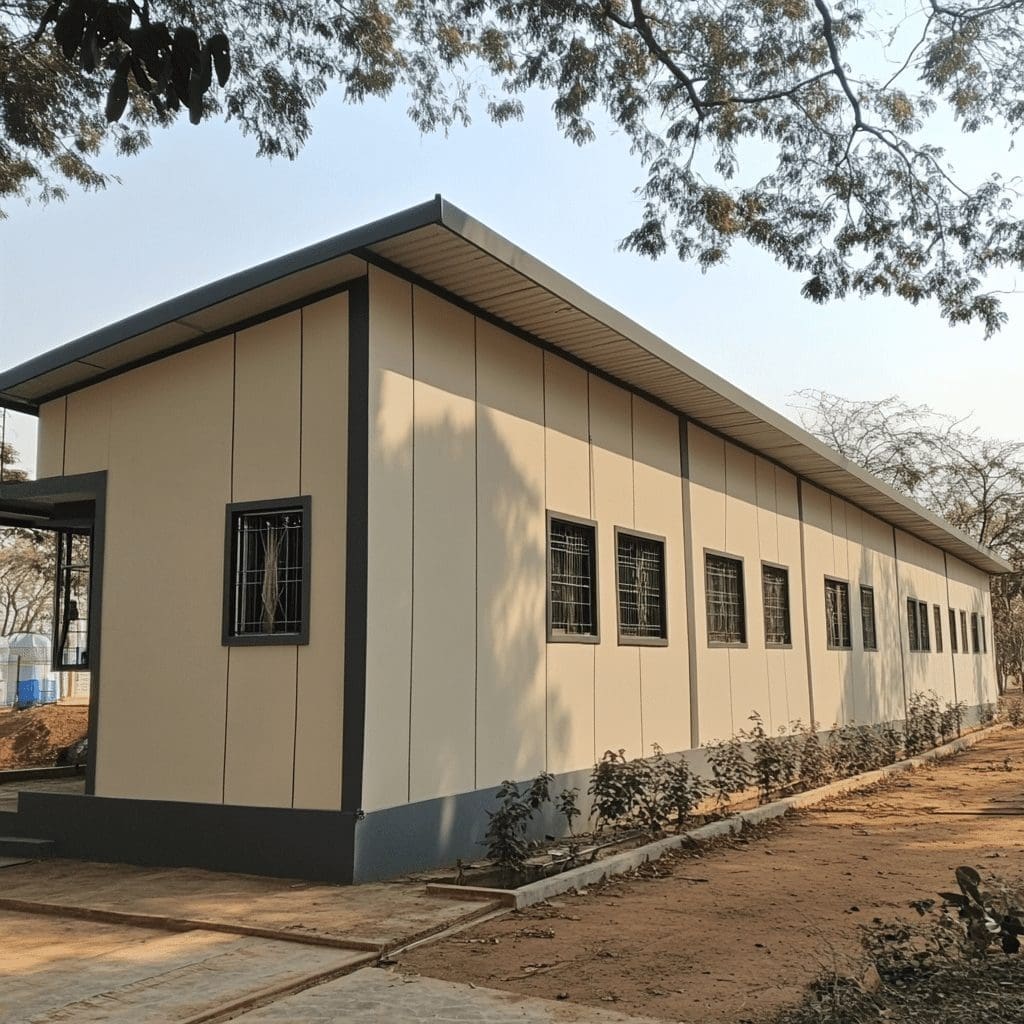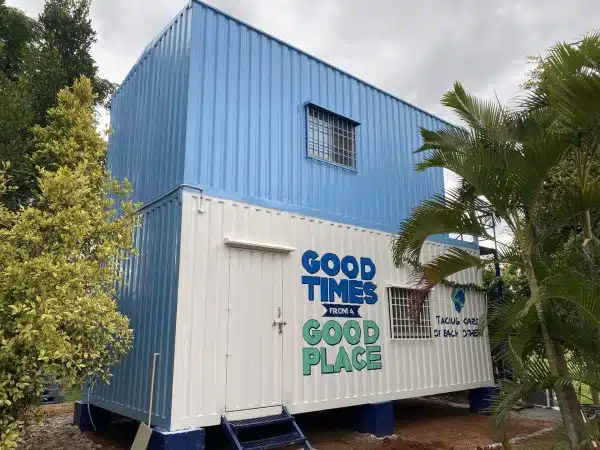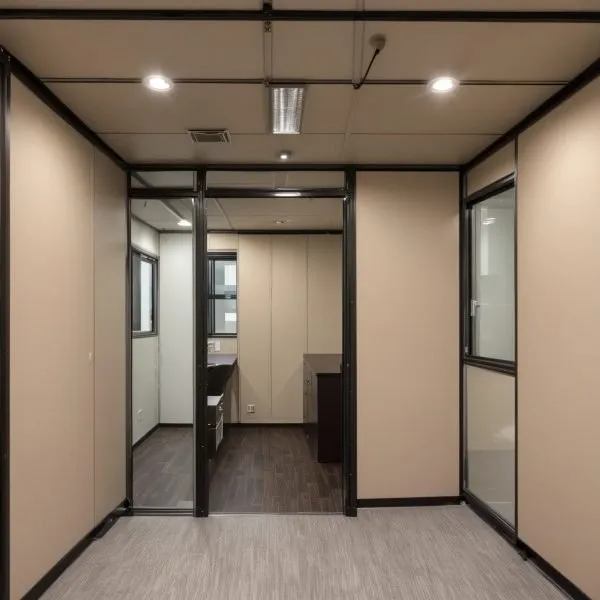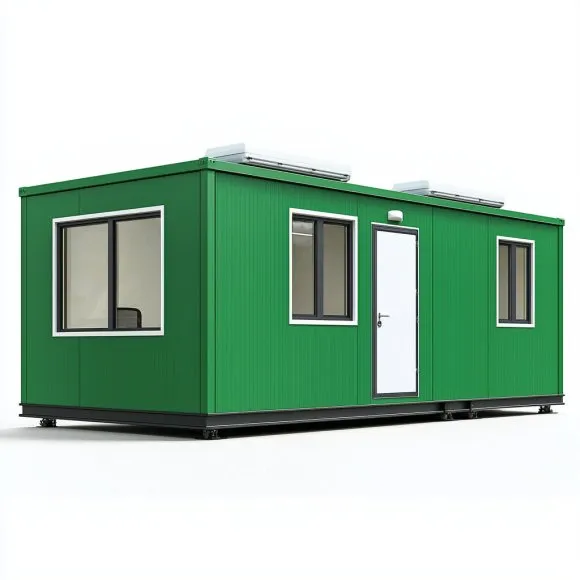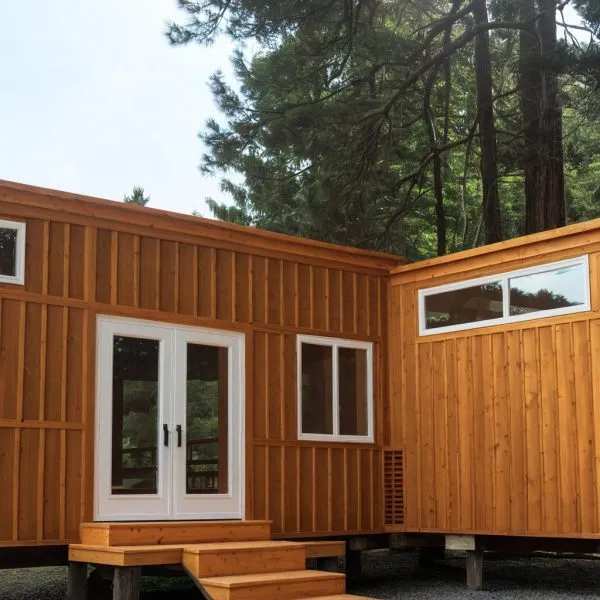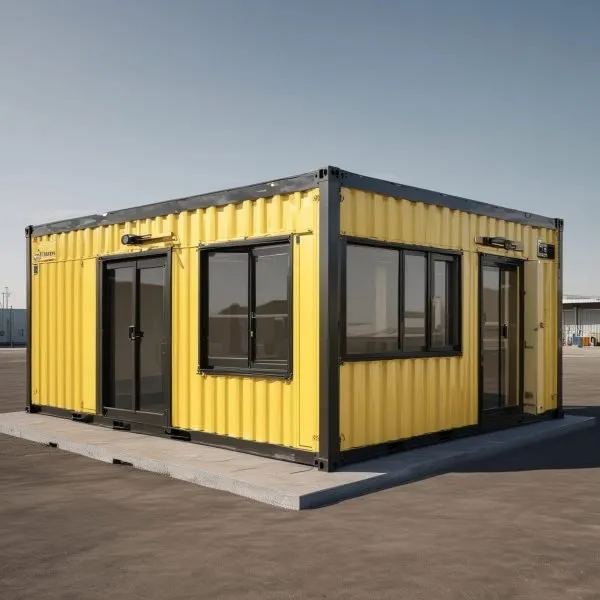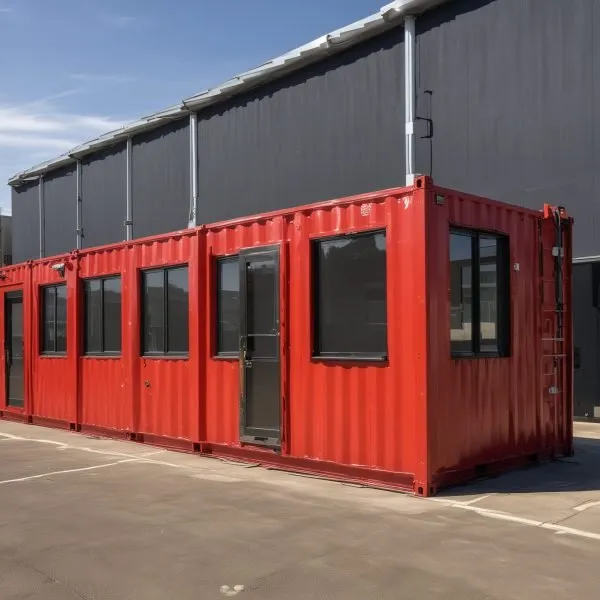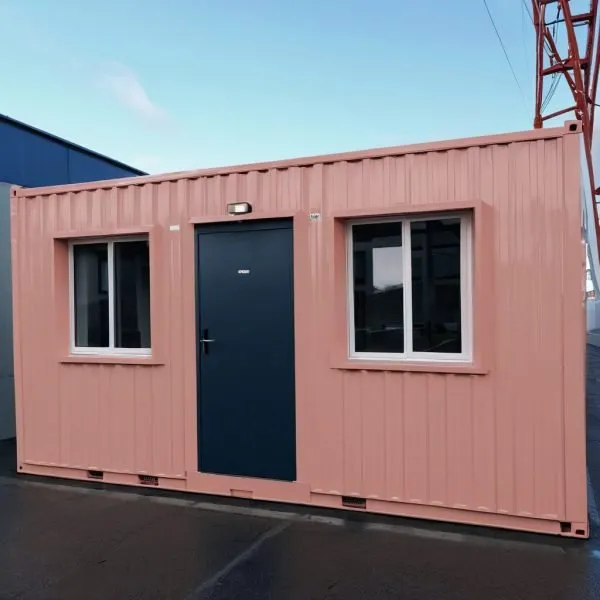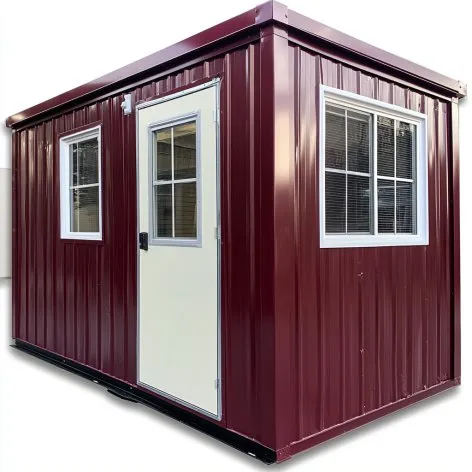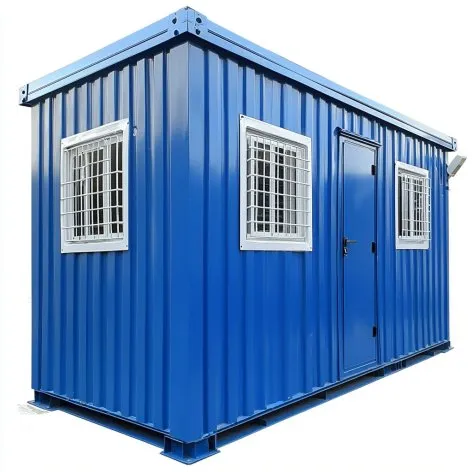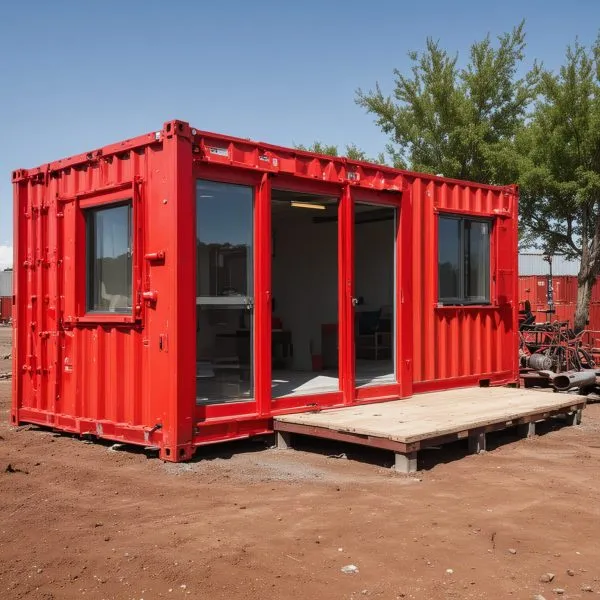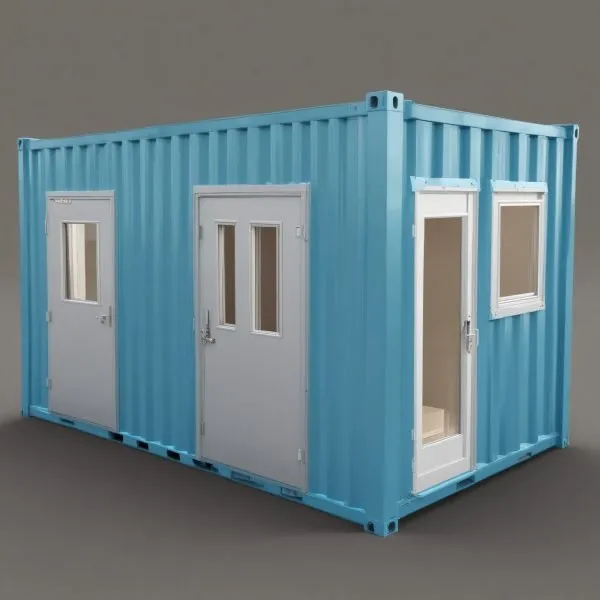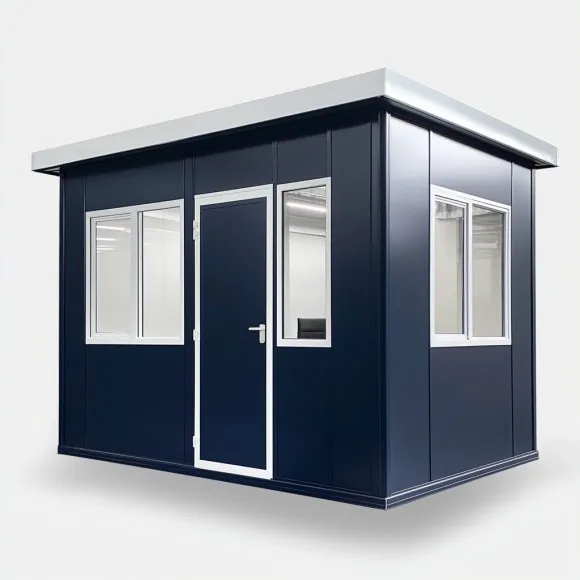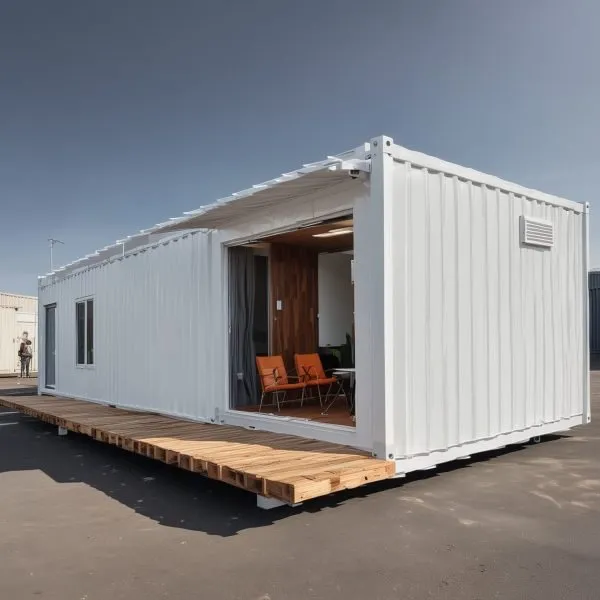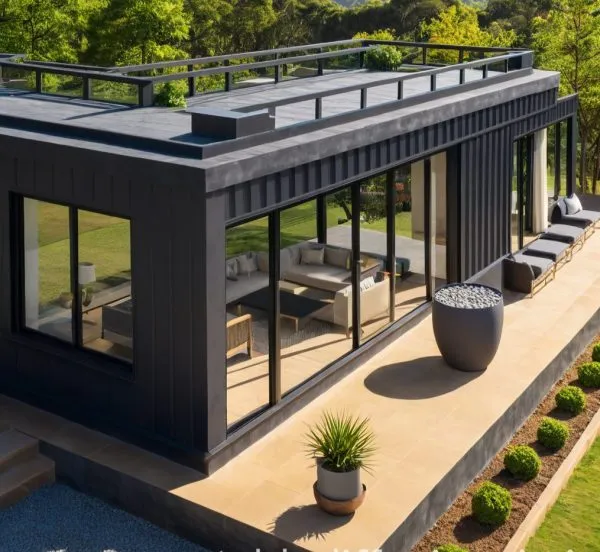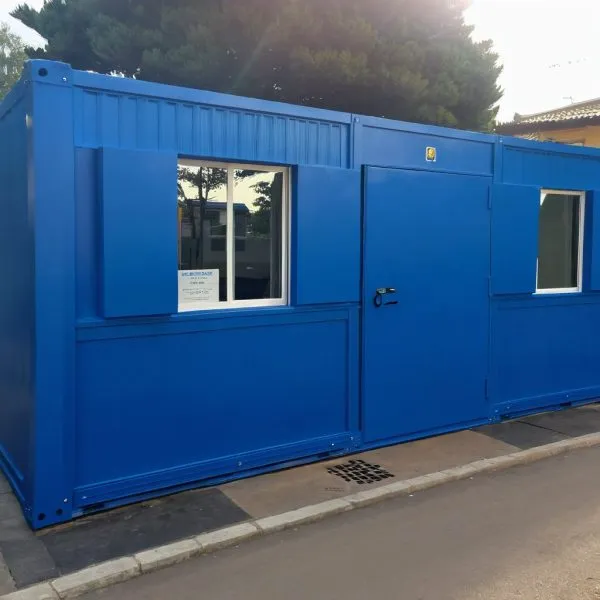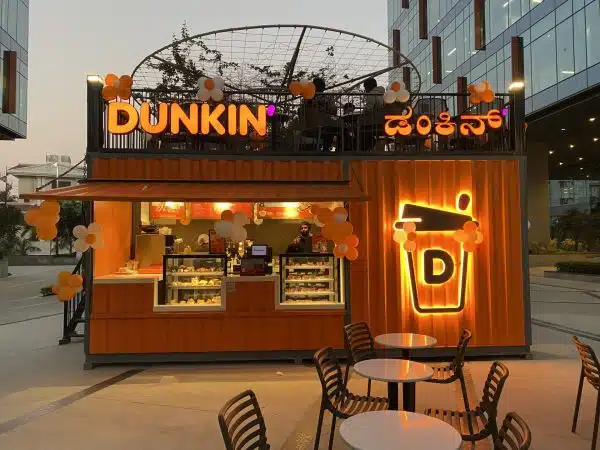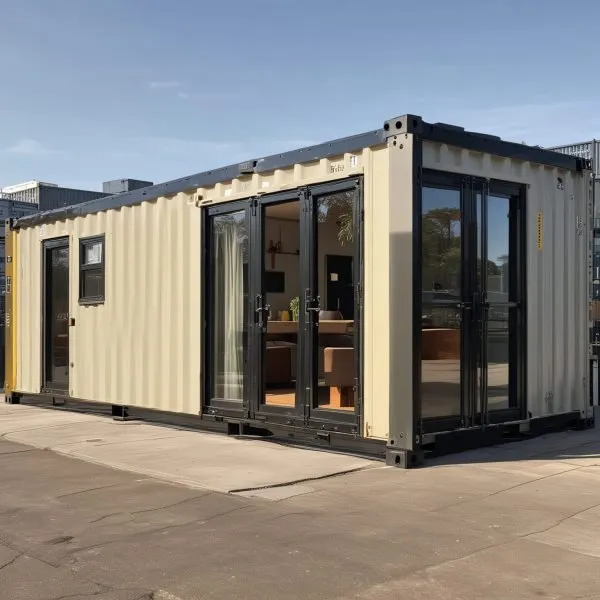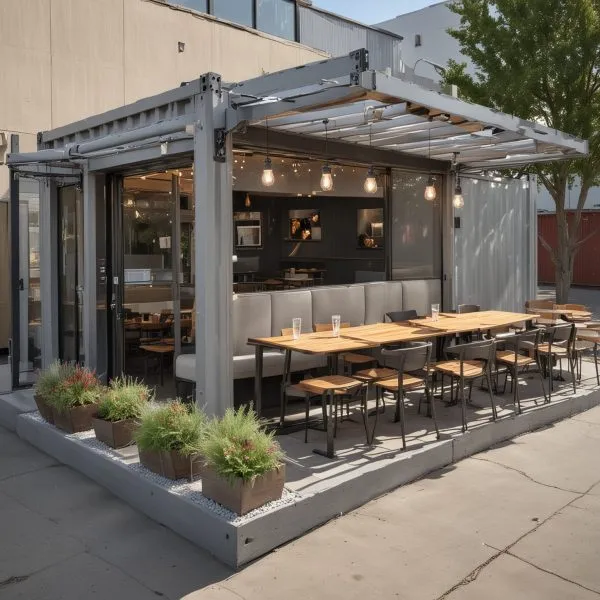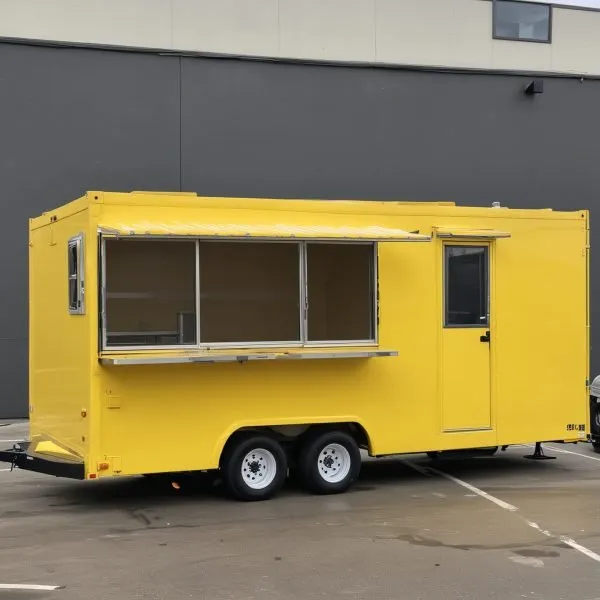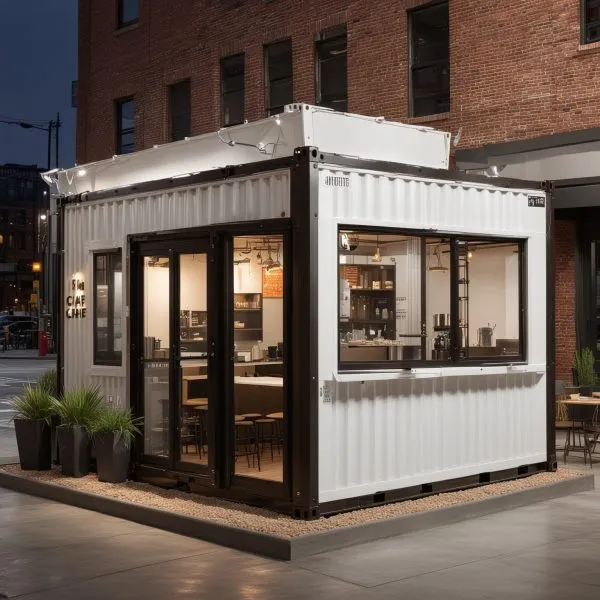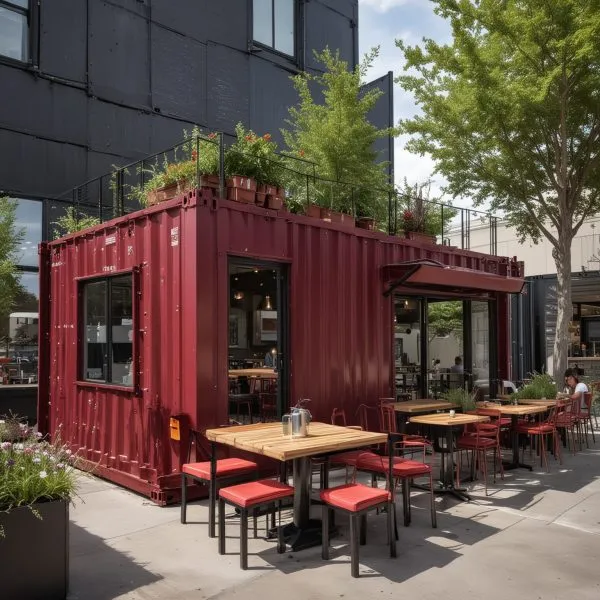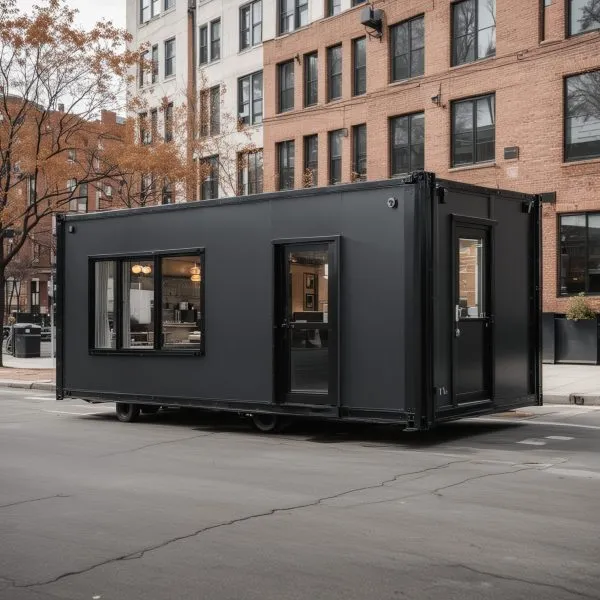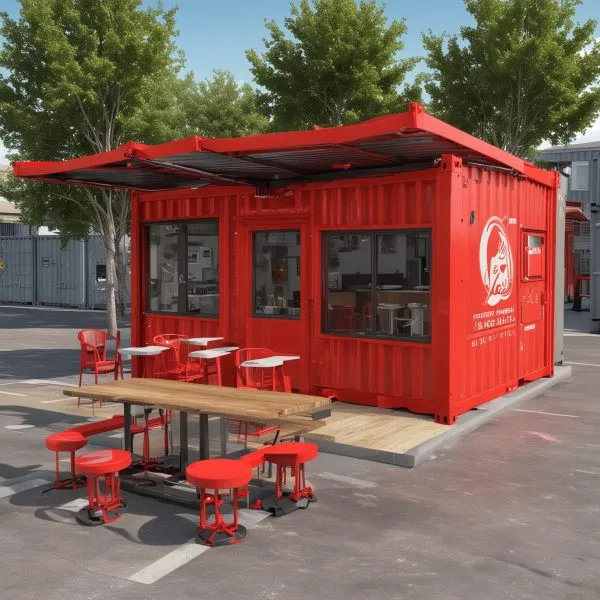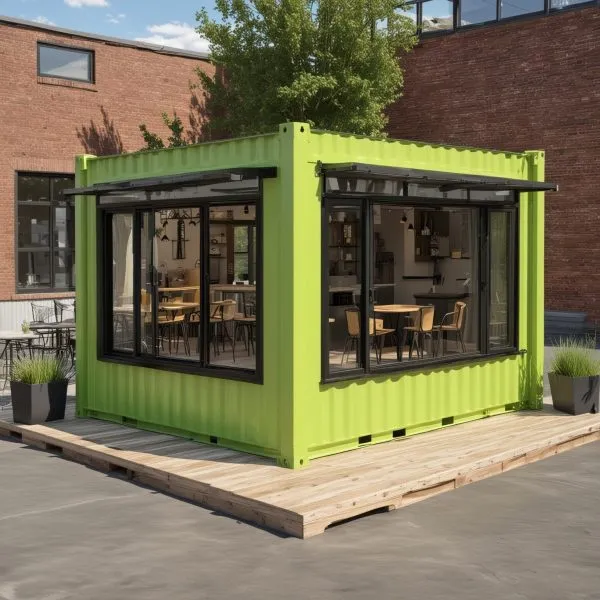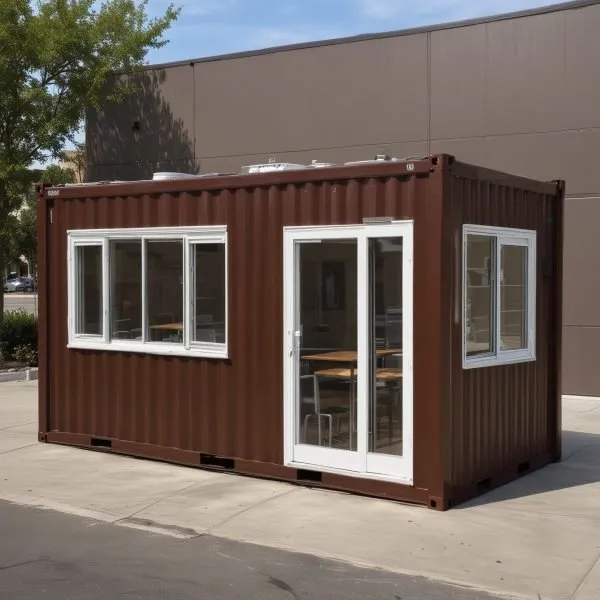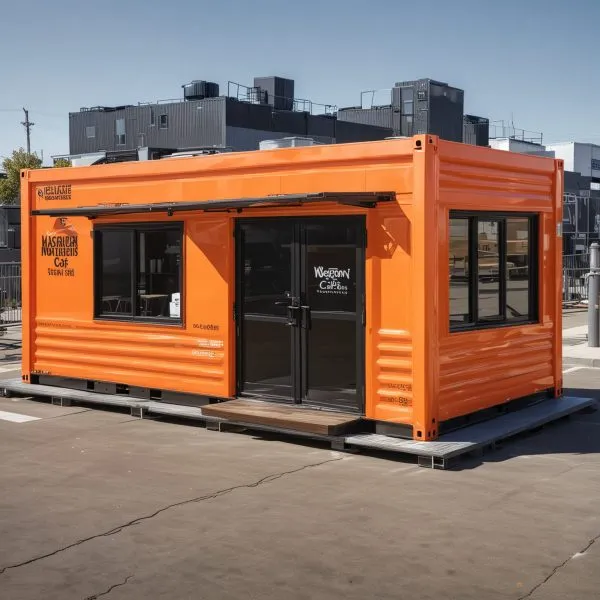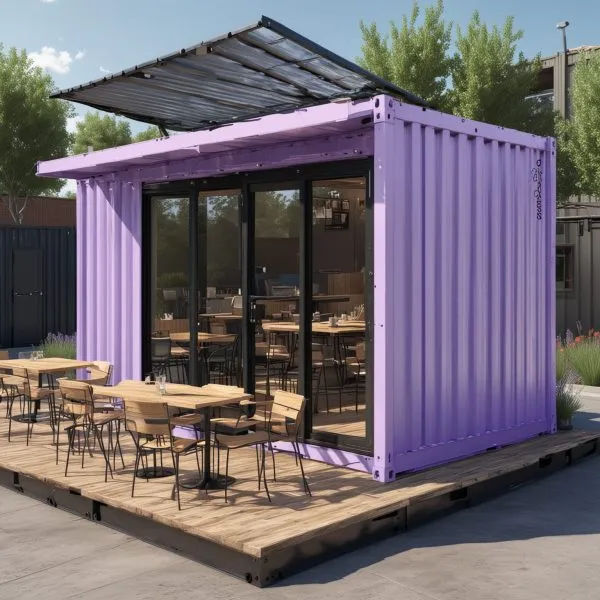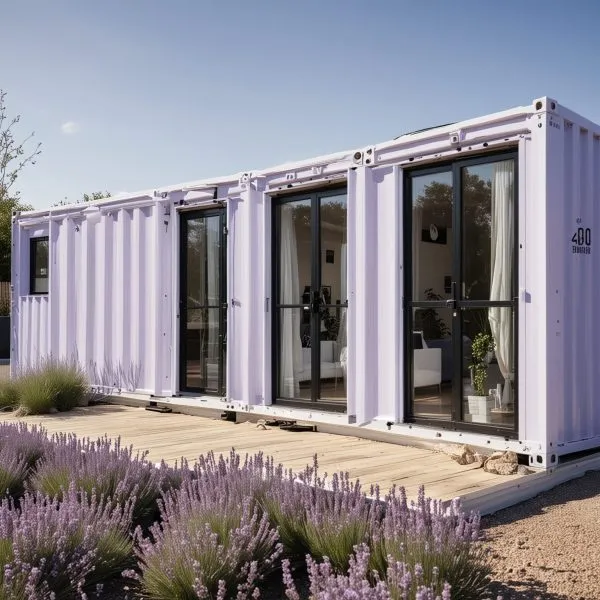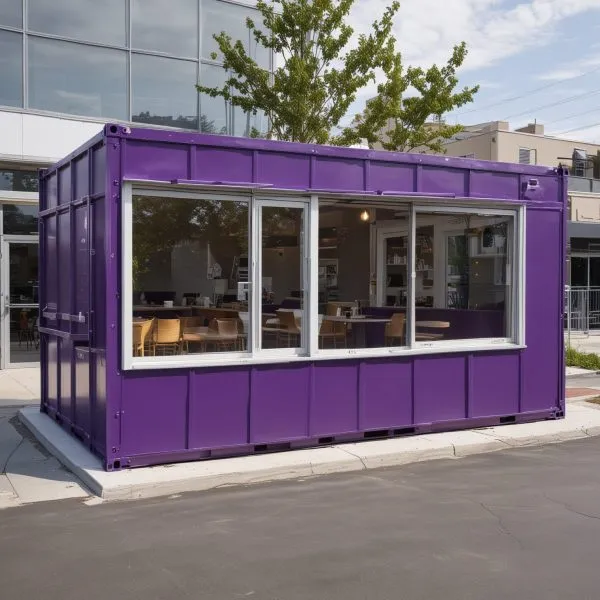Discover Affordable & Stylish Prefabricated Homes for Sale: Your Dream Home Awaits

Are you tired of the long and unpredictable process of building a home the traditional way? Look no further than prefabricated homes. They combine innovation, affordability, and style. These homes are built in a factory and then moved to your location, offering a quick and easy way to get your dream home. Prefabricated homes, also known as modular or manufactured residences, are built in a factory.
Prefabricated homes, also known as modular or manufactured residences, are built in a factory. They are then moved to your location for assembly. This method cuts down on construction time and can be more affordable and eco-friendly than traditional homes.
So, what makes prefabricated homes special? How can they change your homebuying experience? Let’s dive in and find out the amazing benefits. We’ll help you find the perfect prefabricated home that fits your lifestyle and budget.
Key Takeaways
- Prefabricated homes are built in a factory, offering a quick and efficient process.
- These homes are ready for move-in much faster than traditional homes, often in weeks or months.
- Prefab homes are usually more affordable due to lower labor and material costs.
- They are built with eco-friendly practices and energy-efficient features, making them a sustainable choice.
- Customization options let you personalize your prefab home to match your style and preferences.
Understanding Modern Prefabricated Housing Solutions
The world of off-site construction homes has changed a lot. What used to be called “factory-built” homes now offers many prefab options. Explore innovative modular container homes to find your ideal housing solution. You can find everything from modular homes to custom-built houses. This new world of prefab homes is changing how we build houses.
Evolution of Factory-Built Homes
The prefab home industry has grown a lot. New manufacturing methods and skilled workers have improved these homes. Now, you can get homes that are affordable, strong, save energy, and look great.
Types of Prefabricated Construction
- Modular Homes: These homes are built in sections and put together on-site. They are built fast and efficiently.
- Manufactured Homes: Made entirely in a factory, these homes are then moved and set up on-site. They are a cost-effective and quick solution.
- Custom-Built Prefab: These homes let you design your dream home. They are built off-site but still offer the efficiency of prefab construction.
Current Market Trends
More people want prefab homes because of their benefits. They are cheaper, good for the environment, and built quickly. Companies like SAMAN Portable and SAMAN Prefab in Noida are leading this trend. They offer top-notch, innovative prefab home designs.

Benefits of Choosing a Prefabricated Home
Prefabricated homes, also known as modular houses, offer many advantages. They are built in factories, ensuring high quality and precision. These off-site construction dwellings are made in controlled environments.
One big plus is the faster construction timeline. Prefab homes can be built up to 50% faster than traditional homes. This is because they are built in factories and components are pre-fabricated.
These homes are also more cost-effective. They can save up to 20% compared to traditional homes. This is due to efficient material use and lower labor costs.
Prefab homes are known for their superior energy efficiency. They can be up to 30% more energy efficient. This is thanks to high-quality insulation and sustainable materials. Discover the benefits of prefabricated portable cabins designed for sustainability and energy efficiency.
Another advantage is the customization options. Manufacturers offer many floor plans and design features. This lets homeowners create a personalized space.
Prefab homes are also more durable and resistant to natural disasters. They are built to high standards with quality materials. This means they last longer and are safer.

In summary, prefabricated homes offer many benefits. They are built faster, are more cost-effective, and energy efficient. They also offer design flexibility and improved durability. These reasons make prefabricated homes a popular choice for modern, sustainable living.
Smart Technology Integration in Modern Prefab Homes
Prefabricated homes have changed a lot, thanks to smart technology. For examples of portable office cabins that integrate smart technology, click here. These homes are now more comfortable, efficient, and secure. They come with features that make life easier and better for homeowners.
Home Automation Features
Modern prefab homes have advanced home automation systems. You can control lights, temperature, and appliances easily. This makes life more convenient and helps save energy.
Energy Management Systems
Smart energy management systems are a big deal in prefab homes. They help homes use energy wisely. Homeowners can see how much energy they use and even use solar power to save money and the planet.
Smart Security Solutions
Smart security is also a big part of prefab homes. They have advanced surveillance and remote monitoring. This makes homes safer and more comfortable for everyone.
Smart technology in prefab homes is a big draw for buyers. It makes living easier and adds value to homes. It’s all about creating a better, connected living space.

Cost Analysis: Traditional vs. Prefabricated Homes
Building your dream home involves comparing costs between traditional and prefabricated homes. Prefabricated homes, known for their eco-friendliness and modern designs, offer significant savings. These savings can be a big plus for homeowners.
Choosing a prefabricated home means less waste and lower labor costs. The factory setting helps reduce waste and makes construction more efficient. Plus, prefab homes are built faster, saving you money on temporary housing. Learn about affordable prefab homes in India and their cost benefits.
The initial cost might vary based on design and customization. Yet, prefabricated homes are often more cost-effective over time. They use less energy, cutting down on utility bills and maintenance. Remember to consider transportation and site prep costs when comparing traditional and prefab homes.
Experts say modular homes can save you up to 20% on building costs. They also build homes up to 50% faster. Traditional homes take 6-16 months, while prefab homes are done in 6-8 weeks.
When comparing costs, look at upfront, operational, and maintenance expenses. Prefabricated homes offer many benefits. They can help you save money and meet your lifestyle needs.

Prefabricated Homes for Sale: Current Market Options
The prefabricated housing market has a wide range of choices. You can find everything from luxurious homes with high-end finishes to affordable options. These homes meet the needs of many buyers, no matter their budget.
Luxury Prefab Models
If you want elegance and exclusivity, look at the luxury prefab segment. These homes have stunning designs and premium amenities. They often have modern looks, big spaces, and the latest appliances.
Prices for these homes vary from ₹1,200/sq ft to ₹2,700/sq ft. They are perfect for those who want style and function in their homes.
Budget-Friendly Solutions
The market also has affordable mini porta cabin options. These homes are cost-effective but still offer quality and comfort. Prices start at ₹750/sq ft.
These homes are great for those looking for a practical and affordable living space. They are versatile and compact.
Custom Design Options
The prefabricated housing market also offers custom designs. You can choose from small urban homes to large rural retreats. These designs fit different lifestyles and preferences.
Buyers can work with manufacturers to create their dream homes. Options range from traditional to modern designs.

Whether you prefer luxury, affordability, or customization, there’s something for everyone. The prefabricated housing market has many options. Explore mini porta cabin, customizable portable cabin designs, and modular portable cabin options to find your ideal home.
Environmental Impact and Sustainability Features
Prefabricated homes are better for the environment than traditional houses. They are made in factories, which cuts down on waste. This method also uses materials more efficiently. Many prefab makers focus on green building, using eco-friendly materials and designs that save energy.
Shipping container offices and other prefabricated portable office designs stand out for their energy-saving features. They use insulation made from recycled materials. This can lower heating and cooling costs by up to 30%, saving money on energy bills. Explore energy-efficient modular container offices designed for sustainability.
These affordable offices also come with solar panels. These panels can cut electricity costs by 50% and reduce fossil fuel use by up to 80%. They also have systems to collect rainwater, saving up to 50% on water bills for tasks like flushing toilets and watering plants.
These homes use appliances that are good for the planet, like those with Energy Star ratings. These appliances use 10-50% less energy than regular ones. This helps lower greenhouse gas emissions. Plus, they use materials like bamboo flooring and paints that don’t release harmful fumes, improving air quality inside.
The fact that prefab homes can be moved easily means they disturb the site less during setup. This makes them more eco-friendly. With a focus on saving energy, using renewable sources, and sustainable materials, shipping container offices and other prefabricated portable office designs are a greener choice than traditional buildings.

Customization Options and Design Flexibility
Prefabricated homes let homeowners make their living spaces truly unique. They can choose from many interior and exterior options. This means buyers can create homes that reflect their personal style. Browse through modern prefab tiny homes for customizable living solutions.
Interior Customization Choices
Homeowners can pick from various floor plans to fit their needs. They can also customize wall finishes, flooring, and cabinetry. Many manufacturers offer design help to ensure the final look is perfect.
Exterior Finishing Options
Prefabricated homes come with many exterior choices. Buyers can pick from different colors, textures, and patterns. This makes it easy to match the home with the surrounding area.
With prefabricated homes, homeowners can create their dream spaces. Whether it’s a modern modular housing or a luxurious prefabricated home for sale, the options are vast.

Construction Timeline and Process Overview
Building manufactured homes is faster than traditional houses. This is because they are made in a factory. This way, parts can be built at the same time in a controlled space.
It usually takes 25 to 30 days to build a prefabricated home. This is thanks to advanced technology. Larger projects might take longer, depending on their size.
Phu Nguyen Mechanical and Construction Materials Joint Stock Company has a big factory. It’s 20,000 square meters and has the latest machines. They make high-quality prefabricated houses using strong, light steel frames.
- Design and Planning: The first step is designing and planning. Here, the client’s needs are carefully considered.
- Factory Construction: In the factory, all parts of the house are built at once. This makes the building time much shorter.
- Transportation: After the parts are ready, they are moved to the site. This is done carefully to avoid any trouble.
- On-site Assembly: The last step is putting the house together at the site. This is done with great care and precision.
The light steel frames used are good for saving energy. They make moving and setting up the house more efficient. This makes the houses more sustainable and cost-effective.

Keeping workers safe and following rules is very important. It ensures the quality of the houses and the reputation of the manufacturer.
The fast process of making prefabricated homes means less waiting. It also means fewer delays because of the weather. This makes sure the houses are delivered on time and as promised.
Quality Standards and Building Regulations
Prefabricated homes rely on quality standards and building regulations for safety and durability. Prefab builders follow strict industry certifications and local codes. This ensures their homes meet or exceed traditional site-built homes’ standards. Learn how prefabricated site offices adhere to strict building codes.
Construction Certifications
Many top prefab home makers in India have ISO certifications. These show their dedication to quality and continuous improvement. They follow strict quality control and systematic processes in making their modular homes.
Safety Compliance
Prefab structures in India must meet local building codes for safety. They go through third-party inspections and quality checks. This makes prefab homes as safe and strong as traditional homes.
Following these standards, prefab home builders in India offer off-site construction homes and industrialized housing solutions. These homes are affordable, stylish, reliable, and safe for homeowners.

Financing Options for Prefabricated Homes
Buying a prefabricated home is easier now, thanks to new financing options. Lenders offer special mortgage products for prefab homes. This makes it easier for buyers to get a loan, just like for traditional homes.
Some prefab home makers even help with financing. They work with banks to make buying a home simpler. Buyers should look at different loans, like FHA or construction-to-permanent loans, to find the right one.
The average price for a three-bedroom prefab home in 2023 is $293,560. Buyers usually need a 10% down payment for a prefab home loan. In 2022, Genius Homes teamed up with BNZ to make home loans easier to get.
Since Westpac launched its ‘Prebuilt Home Loan’ in 2019, more financing options have become available. Fixed-price contracts also help by keeping prices stable, even with market changes.
The prefab homes market has grown a lot, reaching $47.17 billion in 2023. The 7% increase in prefab home sales helped the industry’s revenue hit $9.1 billion. Better financing options have played a big role in this growth.
For those looking into prefab homes, there are many financing choices. From regular mortgages to special loan programs, there’s something for everyone. This makes it easier to achieve homeownership goals.
Site Preparation and Installation Requirements
Getting your site ready for a prefabricated home is key. The needs can change based on where you are, the soil, and local rules. Companies that make turnkey housing solutions, off-site construction dwellings, and affordable manufactured homes usually help a lot. They want the installation to go smoothly.
Foundation Requirements
The foundation needed for a prefabricated home can be simple or complex. It depends on the soil and local building codes. A site check and soil tests might be needed to pick the right foundation.
Utility Connections
Having good utility connections is vital for a prefabricated home. This includes electricity, plumbing, and sewage. Working with local providers and making sure the infrastructure is ready before the home arrives is important. Many affordable manufactured home makers offer help with this or work with local contractors.
Getting your site ready and knowing what’s needed can be different. But, with help from experts and turnkey housing solutions providers, it can be easier. By taking care of the foundation and utilities first, homeowners can enjoy their off-site construction dwellings without much trouble.
Maintenance and Longevity Considerations
Choosing energy-efficient prefab homes comes with big benefits. They are built to last and need little upkeep. Unlike regular houses, prefab homes are made in a factory. This means they use top-notch materials and are built with care.
This results in a home that’s strong and can handle different weather conditions. It also means you won’t have to spend a lot of time fixing things. Keeping your home clean and checking systems regularly is key to its value.
Many eco-friendly prefabricated houses are made to last a long time. They use materials and building methods that can endure for decades. Taking care of your home and fixing things quickly can make it last even longer. This makes it a smart choice for the future.
Studies show that a well-kept modular home can last 50 years or more. Some can even last a century with the right care. The quality of materials, foundation, and who installs it all play a part in how long it lasts.
- Modular homes can have a higher resale value if they are well-maintained and in good condition.
- Homes in regions with harsh weather conditions may require more maintenance and upkeep to withstand the elements.
- Proper maintenance, such as routine inspections, can prevent minor issues from escalating into major problems and contribute to an extended lifespan.
By focusing on upkeep and the durability of custom prefab home builders, homeowners can enjoy their eco-friendly prefabricated houses for years. This makes their investment in sustainable living worthwhile.
Popular Prefab Home Manufacturers and Builders
India’s prefab housing market is booming. Reputable manufacturers and builders are offering modern prefab home designs. SAMAN Portable is a top name with premium modular and manufactured homes for all tastes. Microhome Prefab Solutions is known for its high-quality porta cabins, ready in just 45 days.
These companies offer a wide range of homes. From small mini porta cabin units to big, luxurious modular homes. They help people find homes that fit their needs and budgets. Their focus on quality, ease, and making homes your own is changing the Indian housing scene.
- SAMAN Portable: Offers a wide range of premium modular and manufactured homes
- SAMAN Prefab: Known for custom-designed prefabricated homes with quick delivery
- Diverse product range: From small portable cabins to big, luxurious modular homes
- Focus on quality, convenience, and customization
As more people want modern prefab homes, these companies are at the forefront. They’re making the Indian housing market better with their quality, sustainable, and customizable homes.
Location and Zoning Considerations
When looking into customizable portable cabin designs or modular portable cabins, it’s key to think about the location and zoning rules. Local building codes and property rules are vital in figuring out if you can install shipping container offices or other prefabricated homes.
Understanding Local Building Codes
Manufactured homes follow a national code set by the Department of Housing and Urban Development (HUD). This ensures they meet certain standards. On the other hand, modular homes follow state-specific codes, offering more flexibility in meeting regulations. It’s important to research the local building codes in your area to make sure the prefab home meets all requirements.
Evaluating Property Requirements
- Lot size and setback regulations: Some places have rules about the size and where you can put prefab structures. You might need special permits or approvals.
- Utility access: It’s crucial to check if the property has the needed infrastructure like electricity, water, and sewage connections for a smooth installation.
- Environmental and zoning considerations: Things like protected areas, flood plains, or historic sites can affect the prefab home’s design and feasibility.
Understanding local building codes and property requirements helps buyers make smart choices. This way, they can confidently install their dream customizable portable cabin designs or modular portable cabins.
Resale Value and Market Performance
The prefabricated housing market is growing fast. This means the resale value of these modern, affordable container offices is going up. Many prefabricated offices are now worth as much as traditional homes, especially if they have custom features and high-end finishes.
Several things affect the resale value of prefab homes. These include where they are, how well they are kept, and the demand for efficient, green housing. As more people learn about the benefits of prefabricated offices, their value and appeal will likely keep growing.
Industry data shows that manufactured homes built under the HUD Code since 1976 meet high safety and energy standards. Modular homes also meet IBC standards, allowing for more customization and quality that meets local building codes.
Prefabricated homes often have strong foundations, just like site-built homes. They also go through strict inspections before being built, ensuring they meet quality standards.
Modular homes, in particular, offer more design options and customization. This makes them more appealing to buyers, similar to traditional homes. Their stability and long life make them attractive to many.
In Bengaluru, the resale market is booming. Demand for two- and three-bedroom apartments has almost doubled in a year. Areas like Whitefield and Hebbal have seen resale prices go up, showing the investment potential of prefabricated homes.
Conclusion
Prefabricated homes are a great choice for modern buyers in India. They offer efficiency, quality, and are good for the environment. You can find everything from affordable homes to luxury designs, fitting all budgets and tastes.
As technology gets better and more people want to live sustainably, prefab homes will keep growing. This means more options and better designs for everyone.
Prefab homes are perfect for those wanting a high-quality, custom home fast. They save time and are better for the planet. With their energy-saving features and flexible designs, they’re a smart choice. For creative prefab cabin designs tailored to modern living, visit here.
The future of prefab homes in India is bright. They offer a chance to own a modern, green, and personal home. With a focus on quality, tech, and being eco-friendly, prefab homes are ready to meet the demand for new, affordable, and green living spaces.
FAQ
What are the advantages of choosing a prefabricated home?
Prefabricated homes are built quickly and cost predictably. They have less on-site disruption. Built in controlled environments, they ensure high quality and precision.
They often use energy-efficient designs, saving homeowners money in the long run. The construction process is efficient, reducing waste. Buyers can also customize their homes to fit their needs.
How do prefabricated homes incorporate smart technology?
Modern prefab homes use smart technology for comfort, efficiency, and security. Home automation lets residents control lights, temperature, and appliances from anywhere. Energy management systems cut down on power use, saving money and the environment.
Smart security systems, like advanced surveillance and access control, keep homes safe. These features make prefab homes appealing to tech-savvy buyers.
How does the cost of prefabricated homes compare to traditional construction?
Prefab homes are often cheaper than traditional houses. The factory setting reduces waste and labor costs. The quicker build time also saves on interim housing costs.
While initial costs can vary, prefab homes are more energy-efficient and require less maintenance. Buyers should consider all costs, including transportation and site prep, when comparing prefab and traditional homes.
What types of prefabricated homes are available in the current market?
The market offers many prefab home options. There are luxury models with high-end finishes and spacious layouts. There are also budget-friendly homes that don’t sacrifice quality or comfort.
Custom designs let buyers tailor their homes, from small urban spaces to large rural retreats. Styles range from modern to traditional, meeting the needs of many buyers.
How do prefabricated homes address environmental sustainability?
Prefab homes are better for the environment than traditional houses. The factory process reduces waste and uses materials more efficiently. Many manufacturers use eco-friendly materials and designs.
Features like insulation, energy-efficient appliances, and solar panels help lower carbon footprints. Prefab homes also disturb the site less during installation.
What are the typical stages of the prefabricated home construction process?
The prefab home process includes design, factory construction, transport, and on-site assembly. The factory setting allows for faster construction, often weeks instead of months.
This streamlined process avoids weather delays and ensures consistent quality. It’s faster than traditional construction.
How do prefabricated homes meet quality standards and building regulations?
Prefab homes meet strict quality and building standards. Many manufacturers follow ISO certifications and quality management systems. In India, prefab homes must follow local building codes for safety and integrity.
Quality control measures are in place throughout the manufacturing process. This ensures prefab homes meet or exceed traditional construction standards.
What financing options are available for purchasing prefabricated homes?
Financing prefab homes is now easier as the industry grows. Lenders offer mortgage products for prefab homes, similar to traditional loans. Some manufacturers have financing options or partnerships with banks.
Buyers should look at different financing options, including conventional mortgages and FHA loans, to find the best fit for their prefab home.
What site preparation considerations are important for installing prefabricated homes?
Proper site prep is key for prefab home installation. The foundation type depends on the home’s design and soil conditions. Utility connections, like electrical and plumbing, need planning before delivery.
Many prefab manufacturers offer site prep guidance and may work with local contractors for a smooth installation.
How does the resale value of prefabricated homes compare to traditional homes?
The resale value of prefab homes has improved as the market grows. Modern prefab homes often appreciate like traditional houses, especially those with custom designs. Factors like location, condition, and demand for sustainable homes affect resale value.
As prefab homes become more popular, they are likely to maintain strong market value and investment potential.
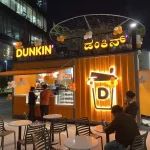 Container Cafe
Container Cafe